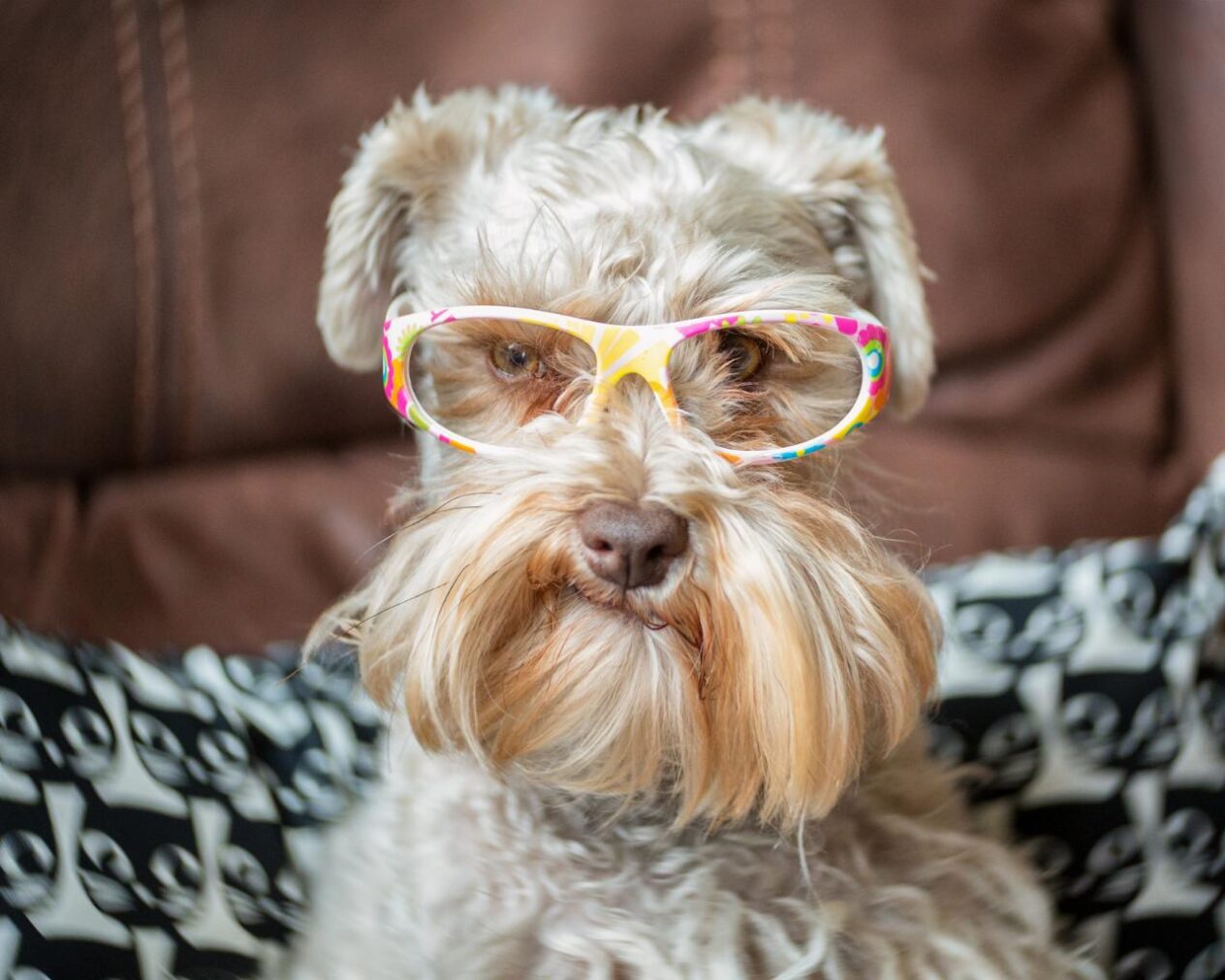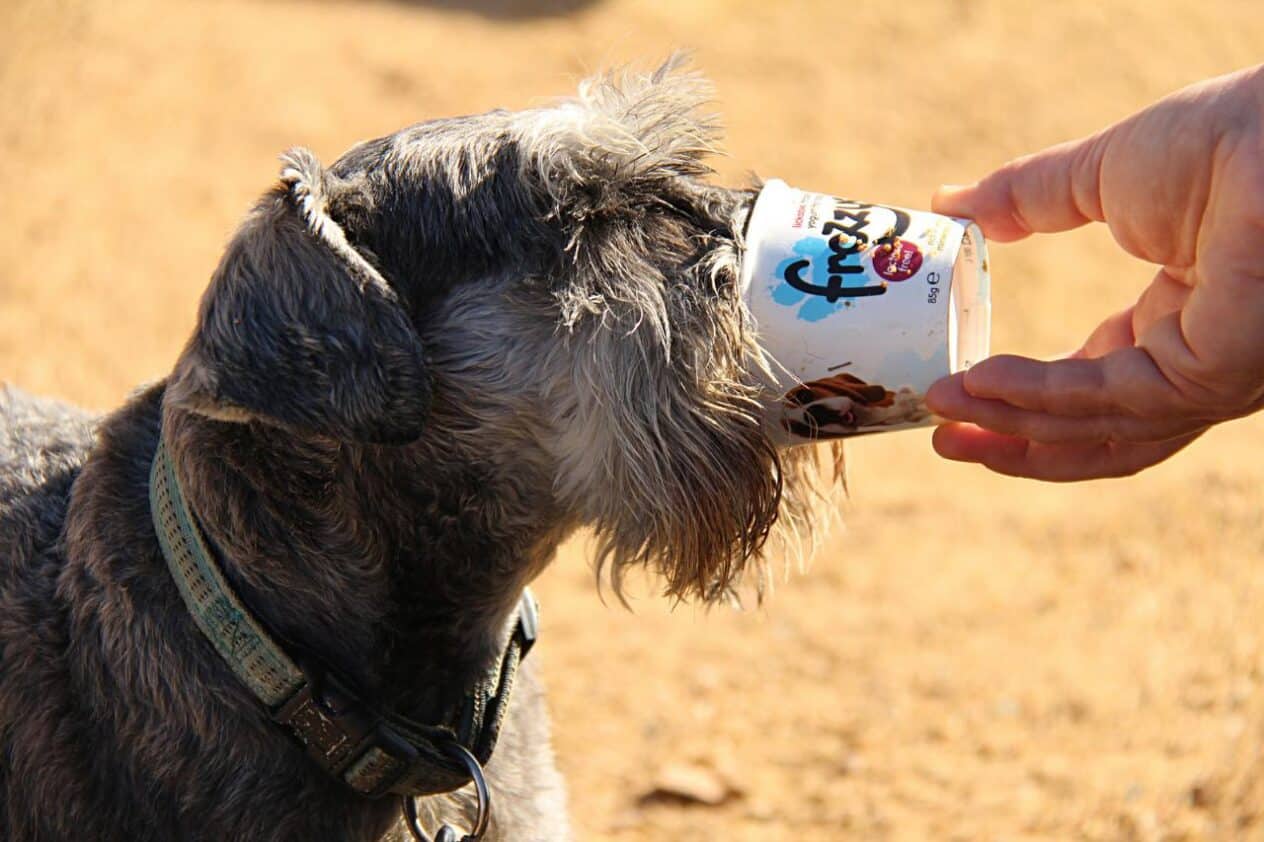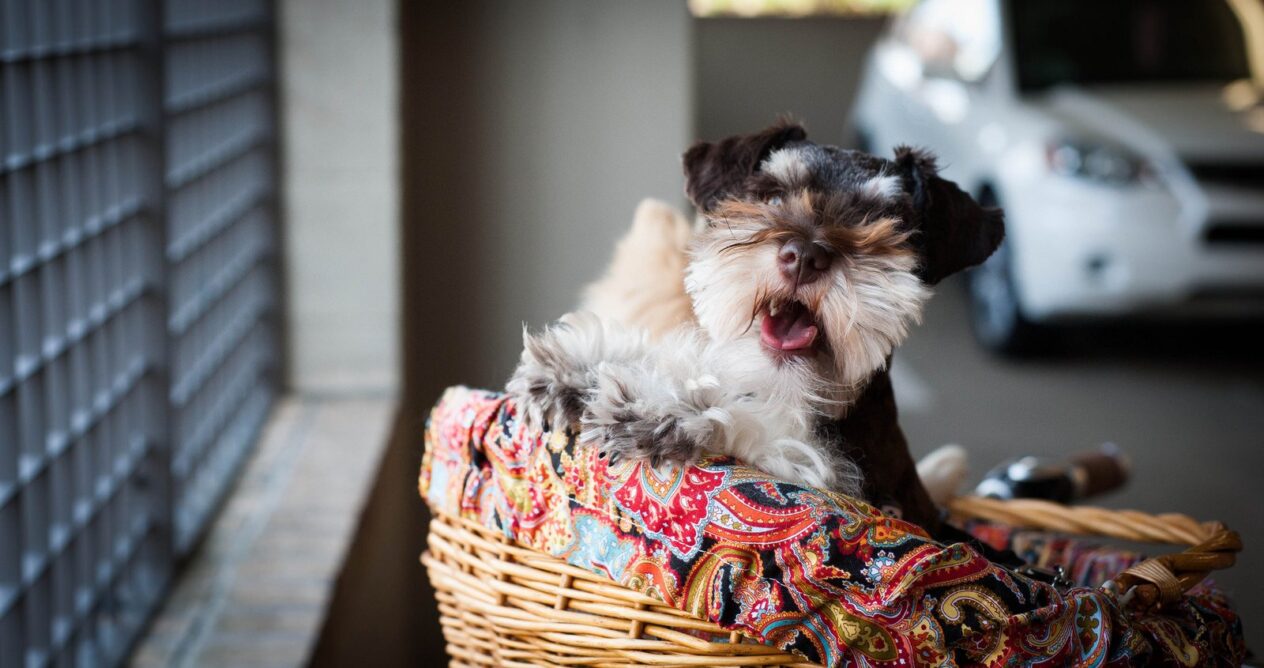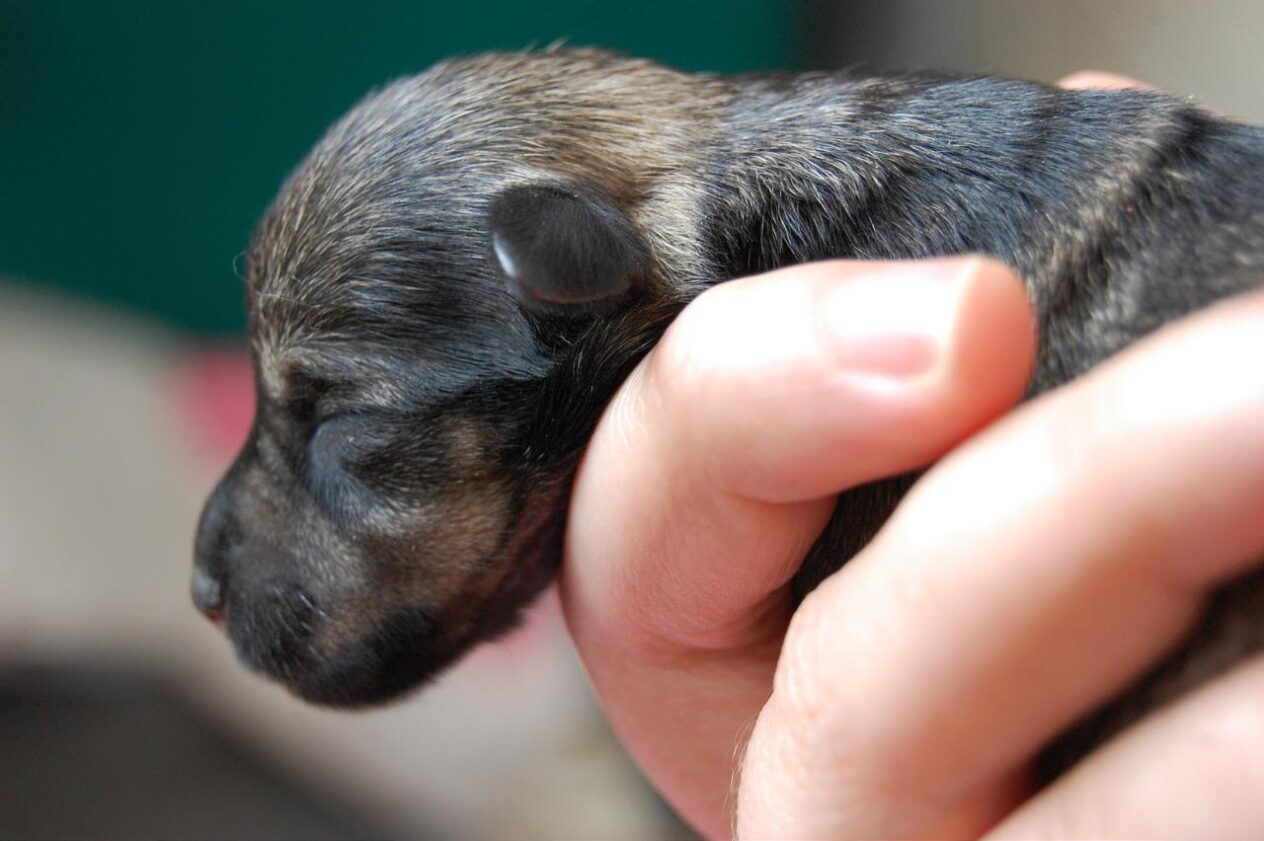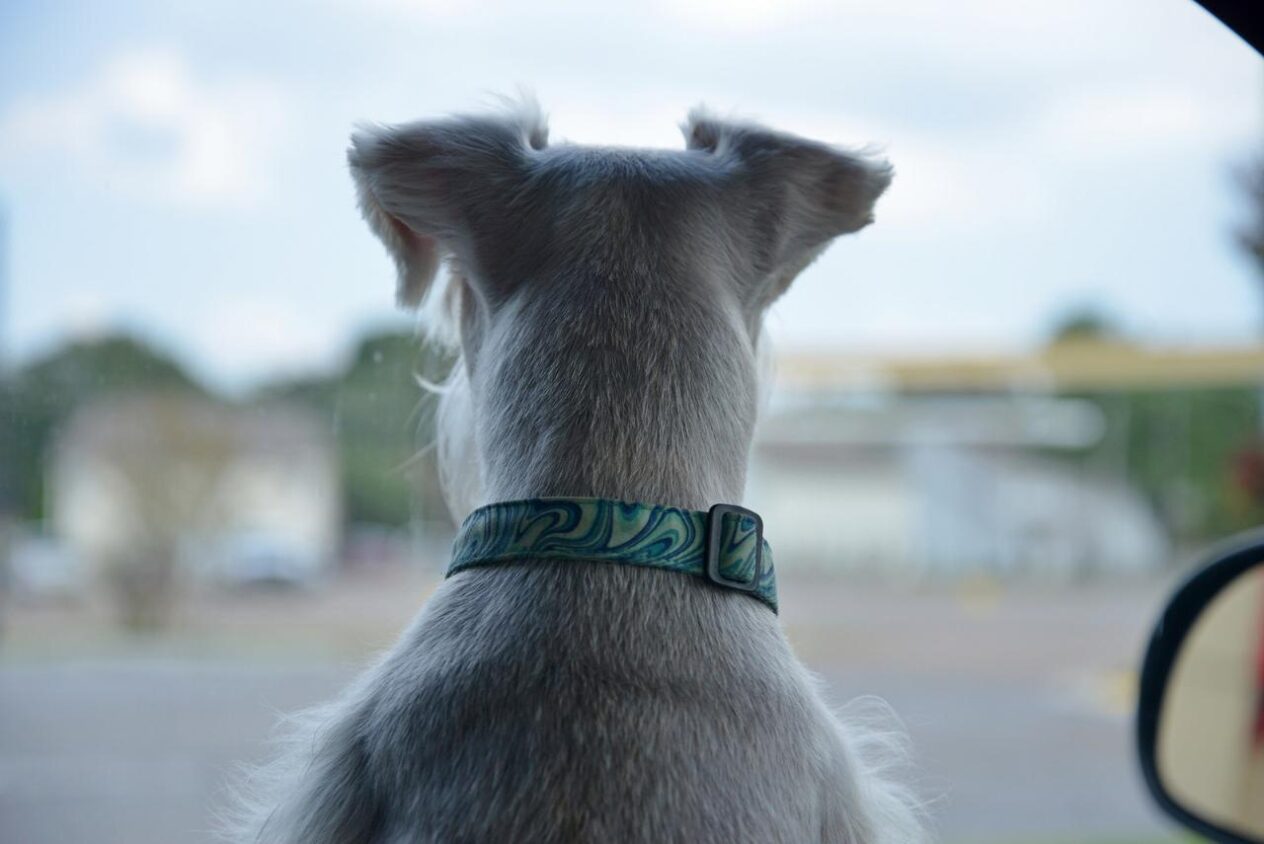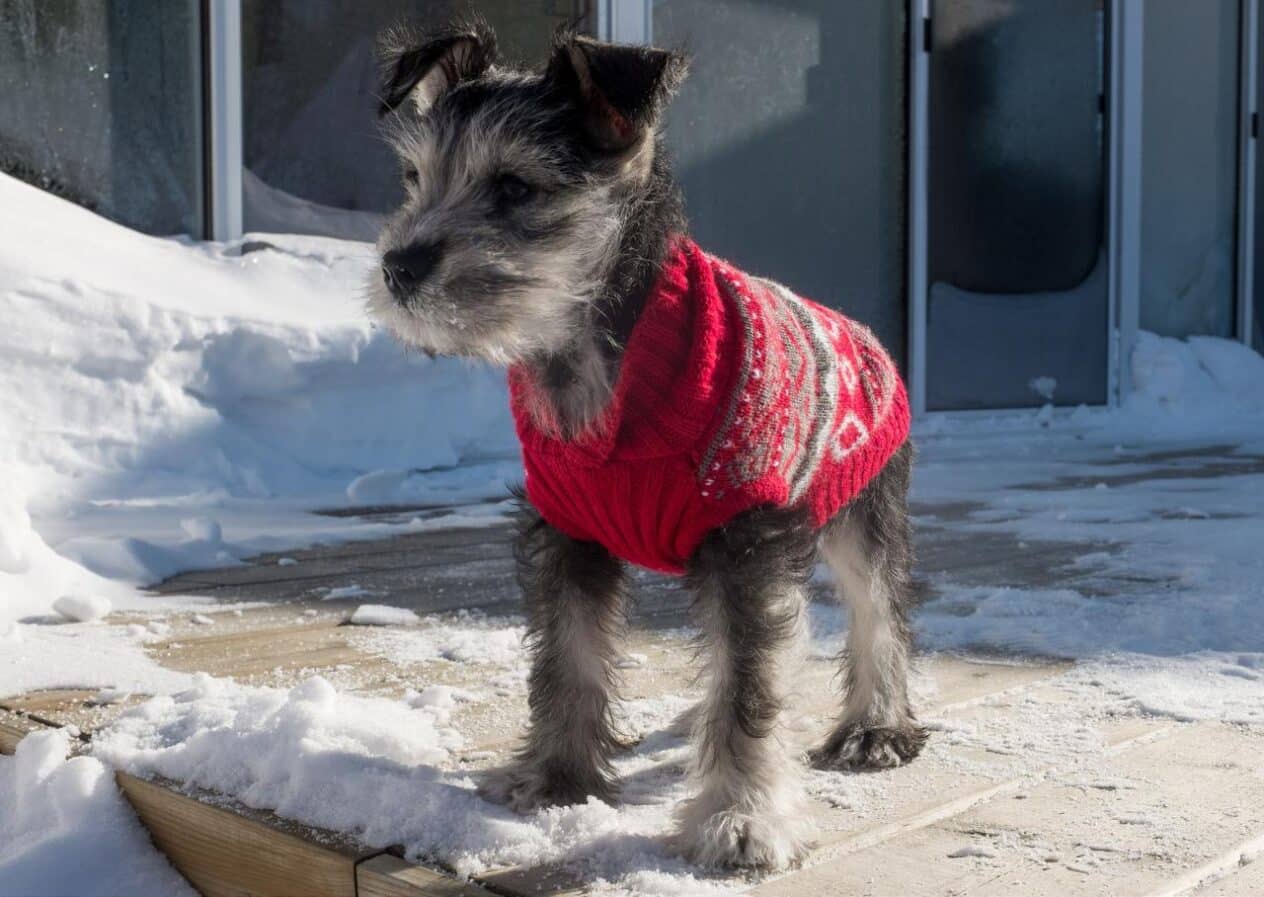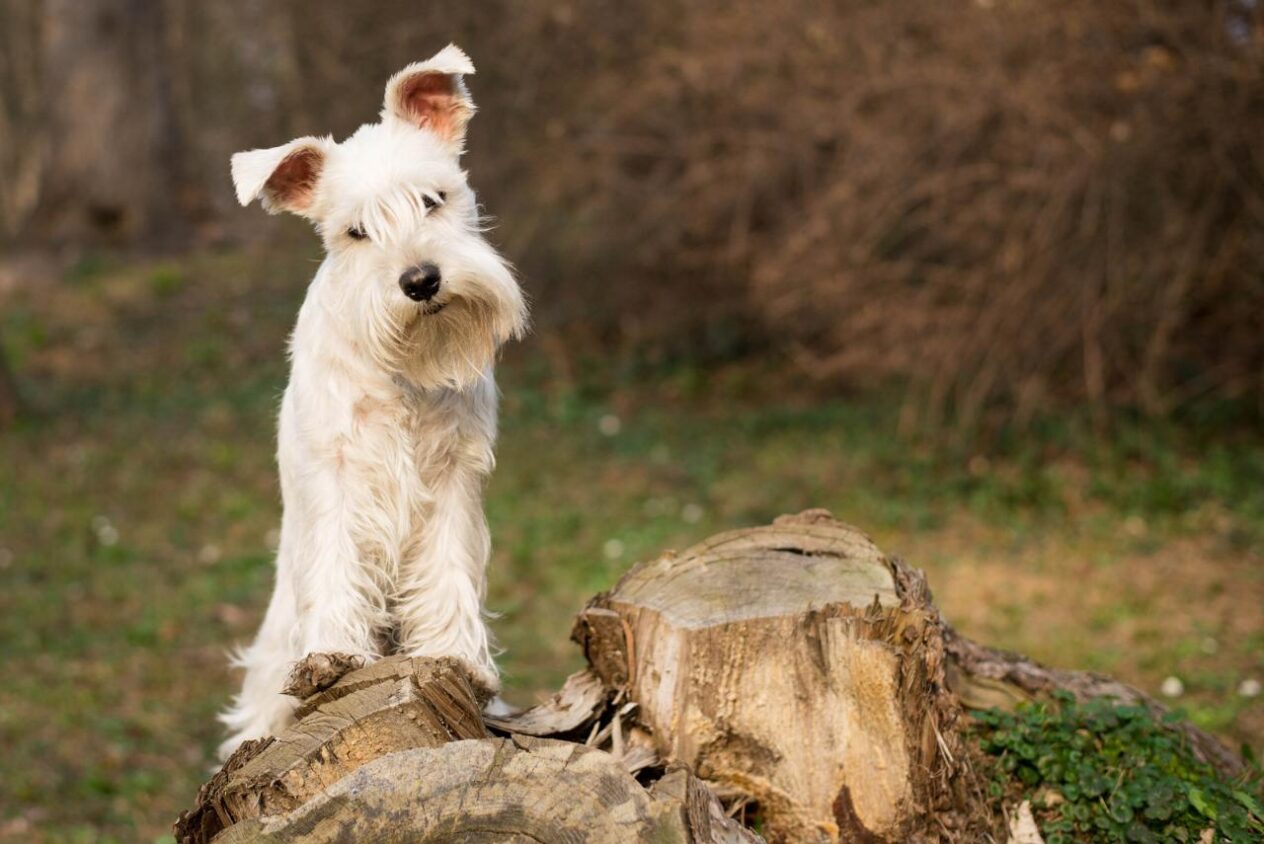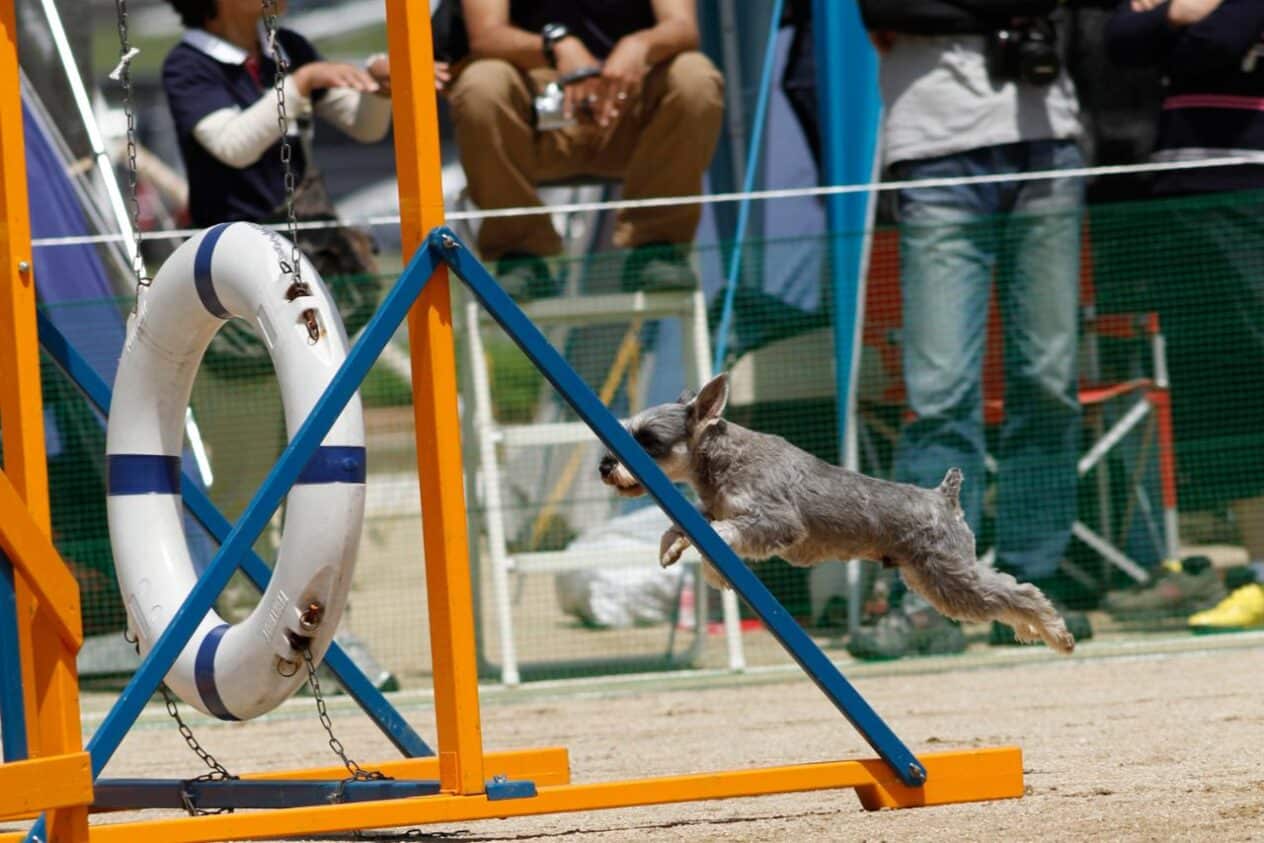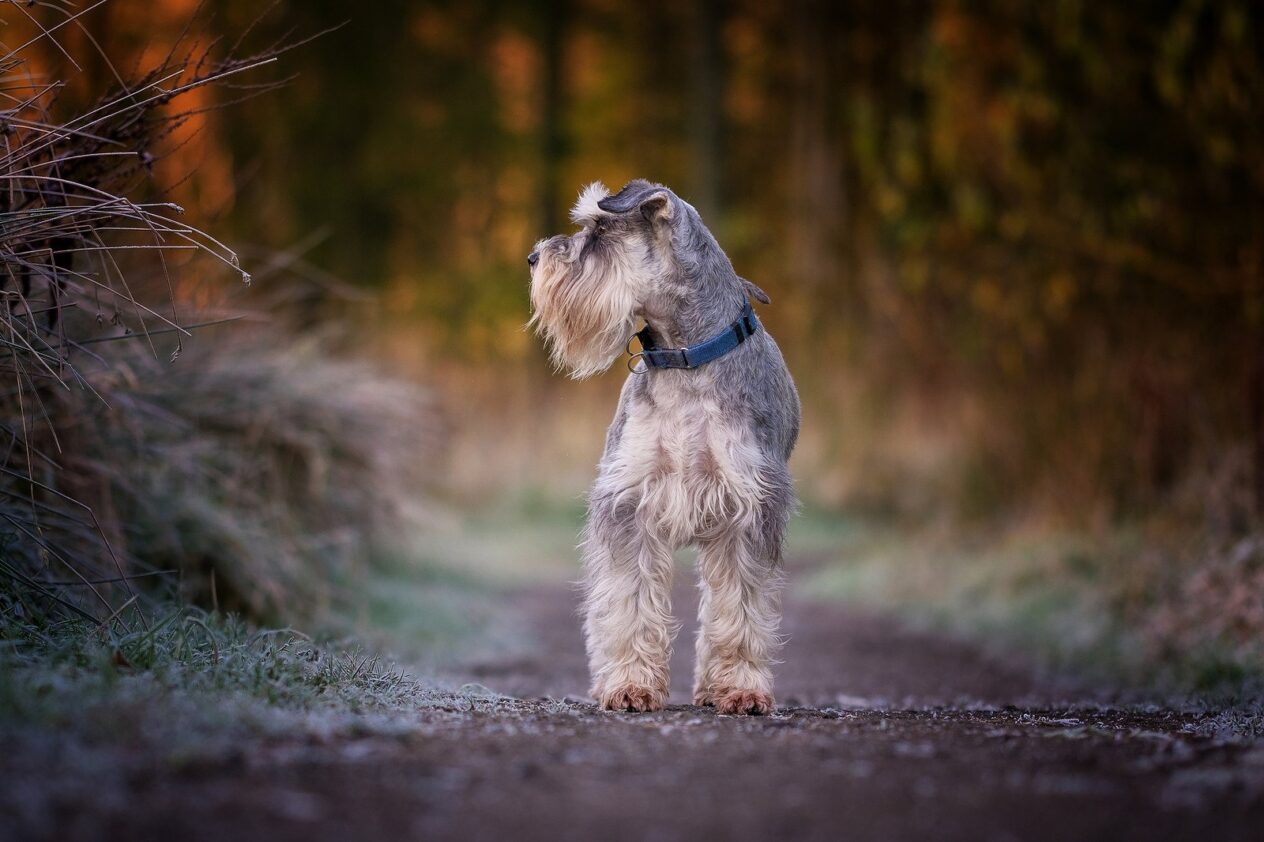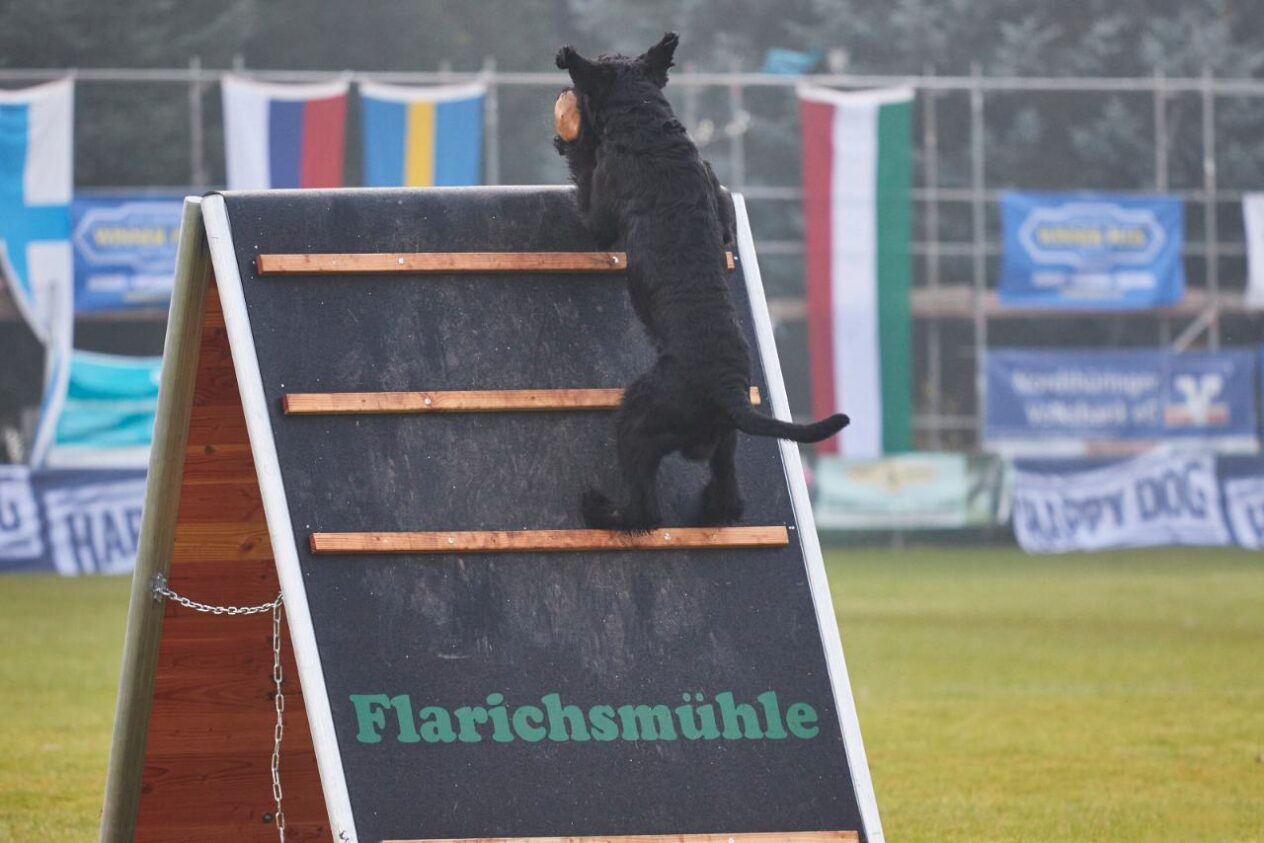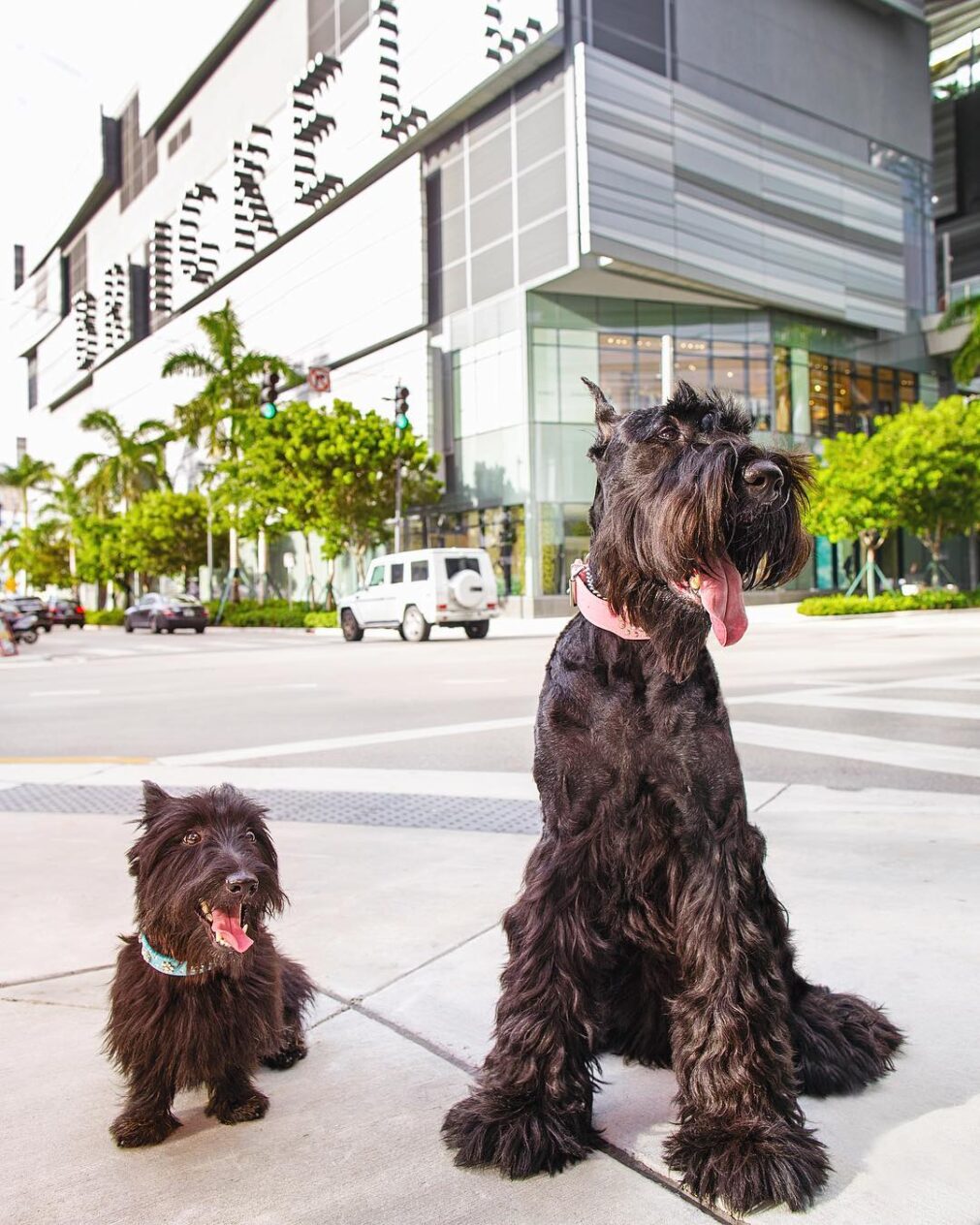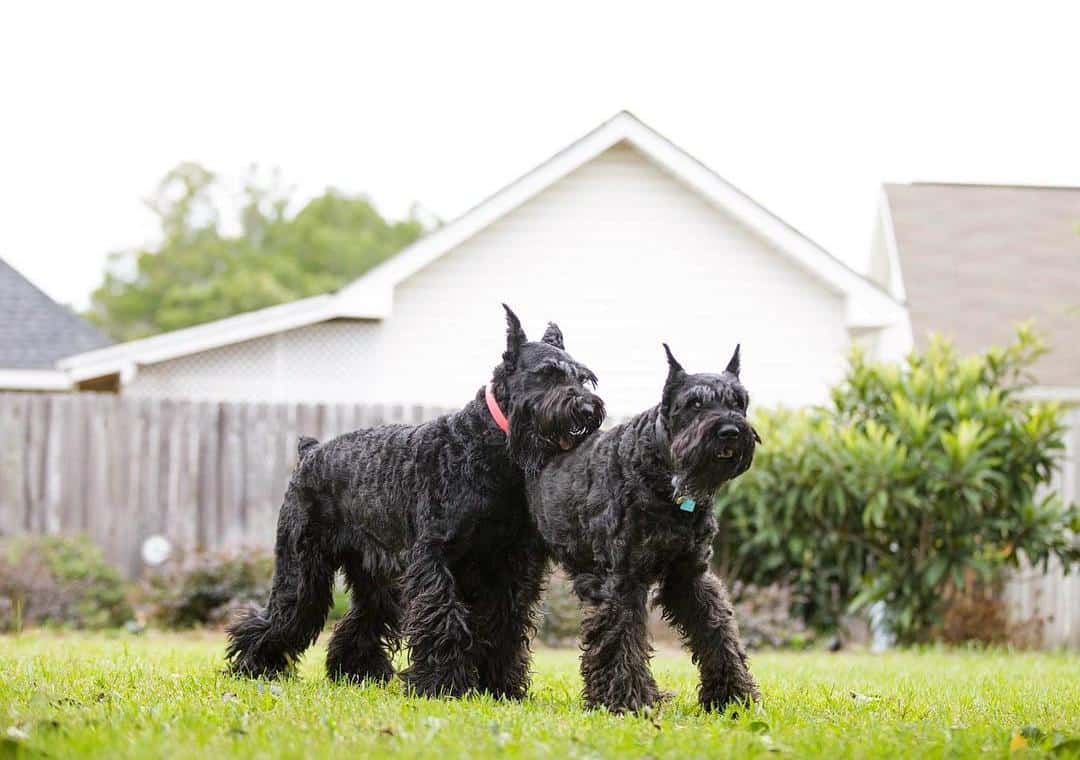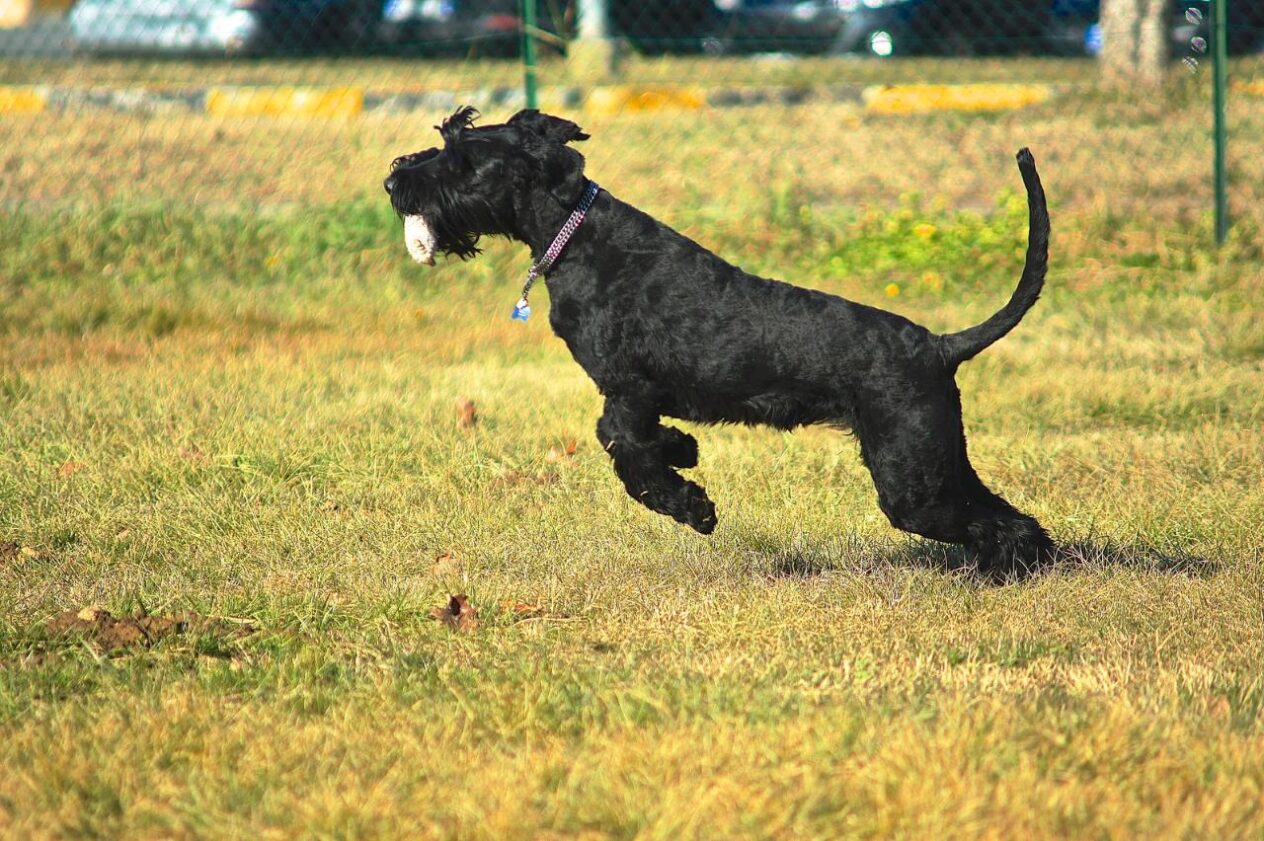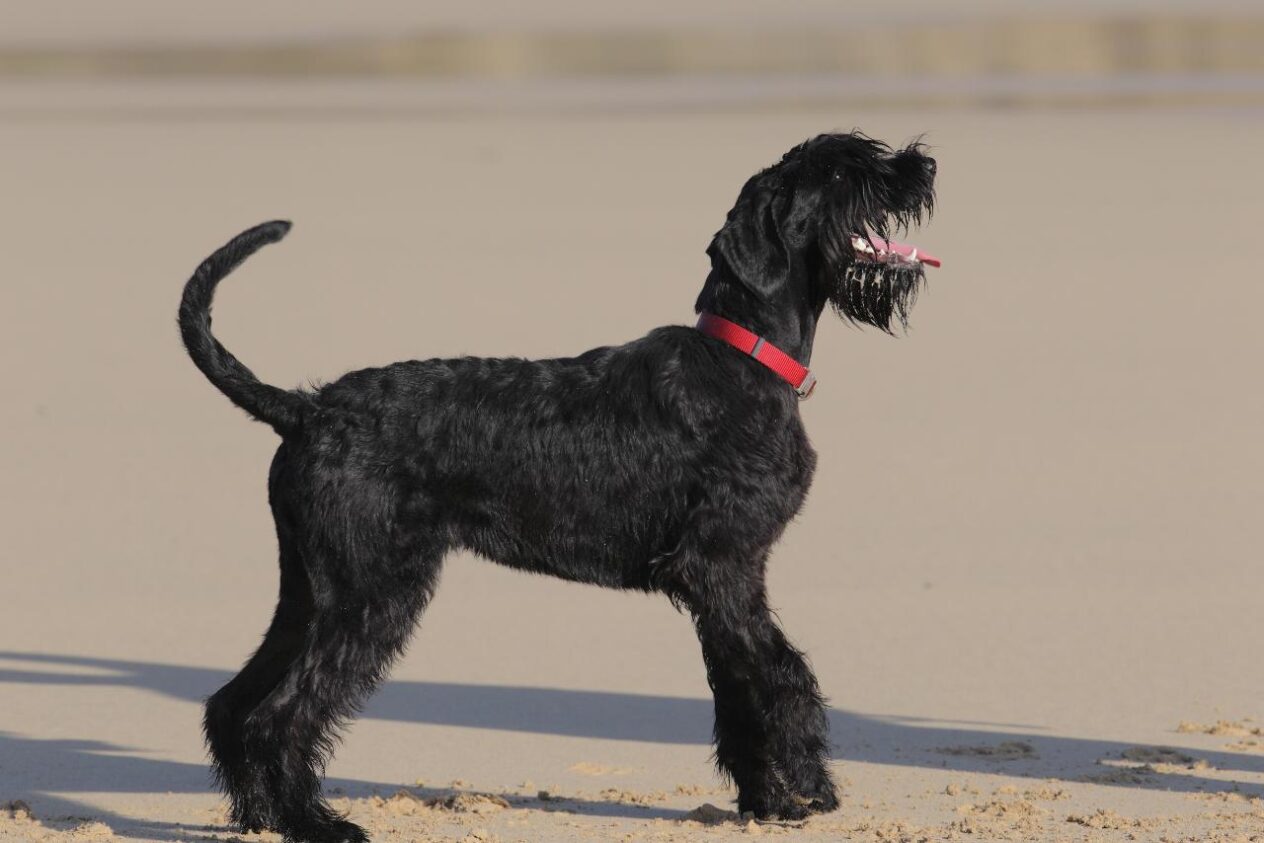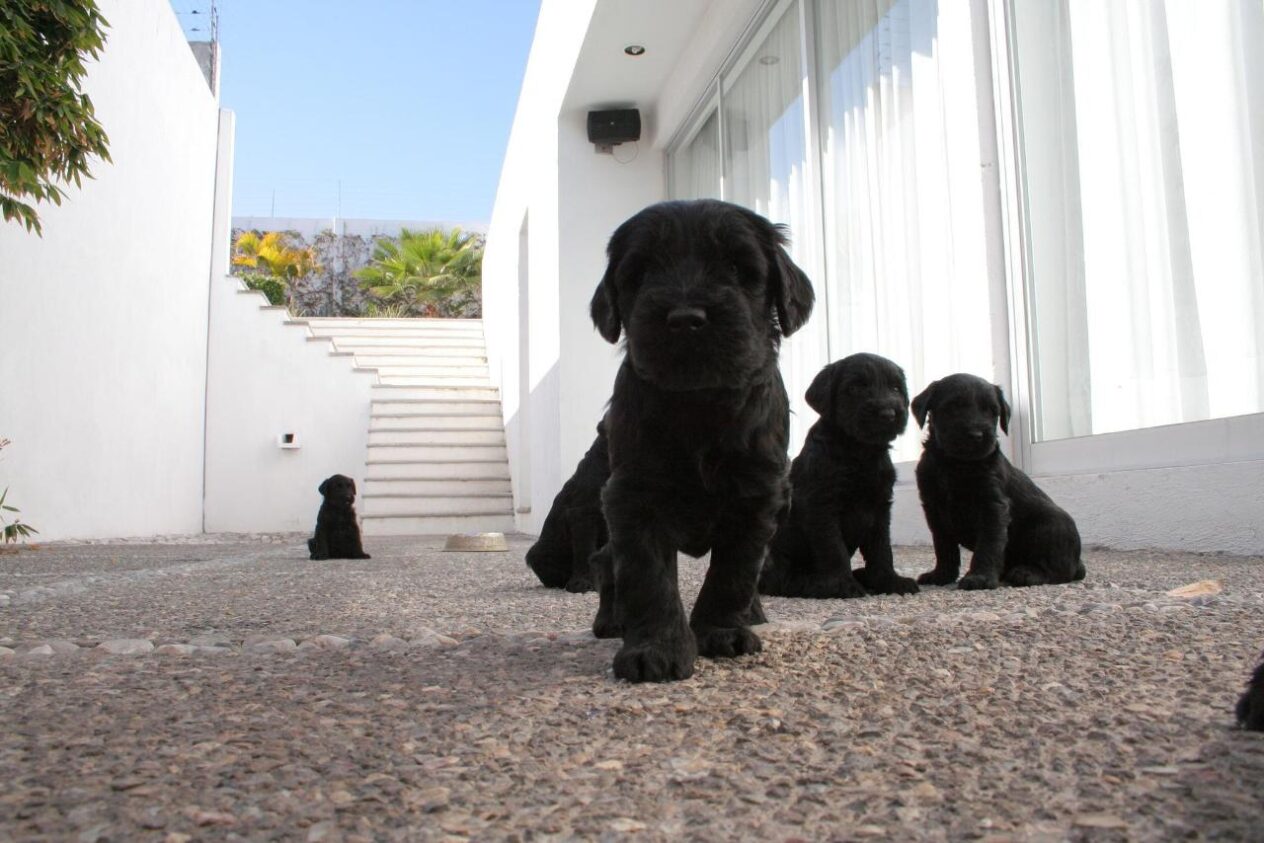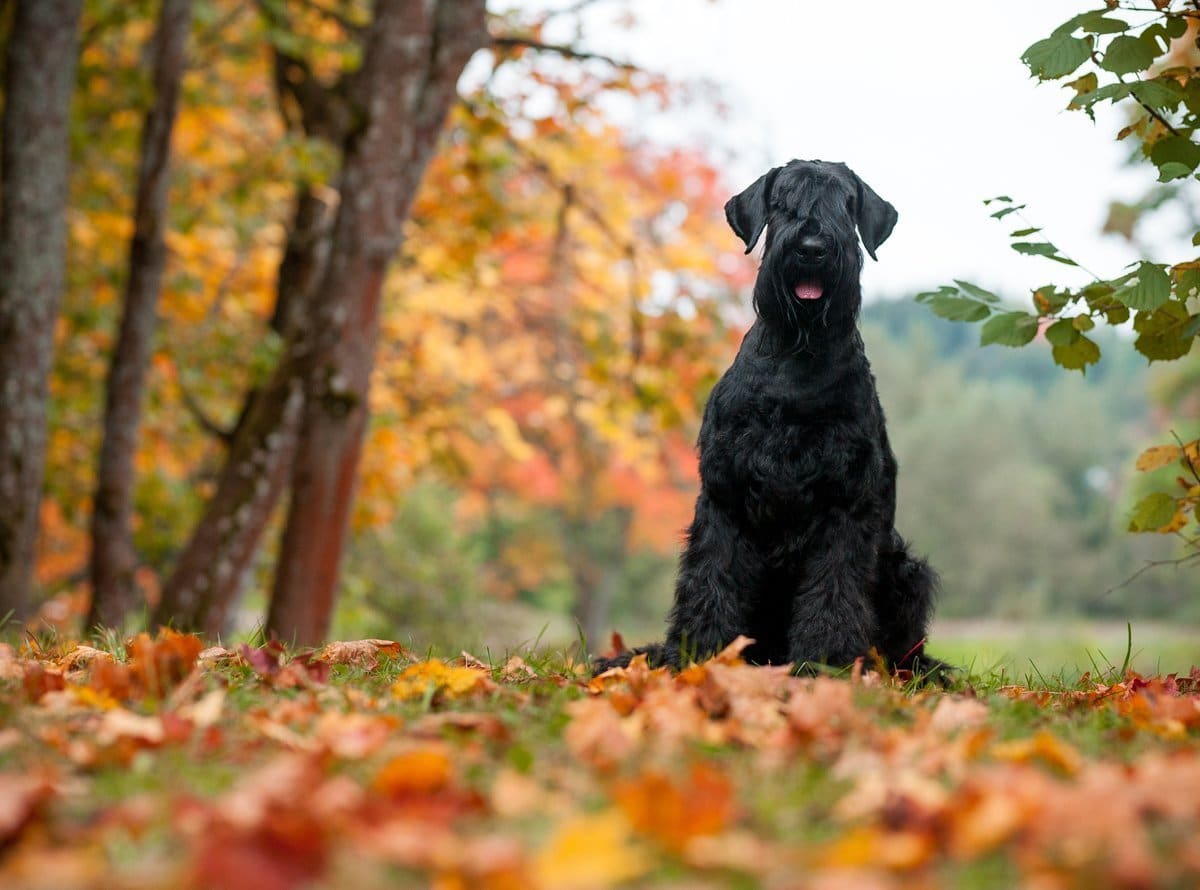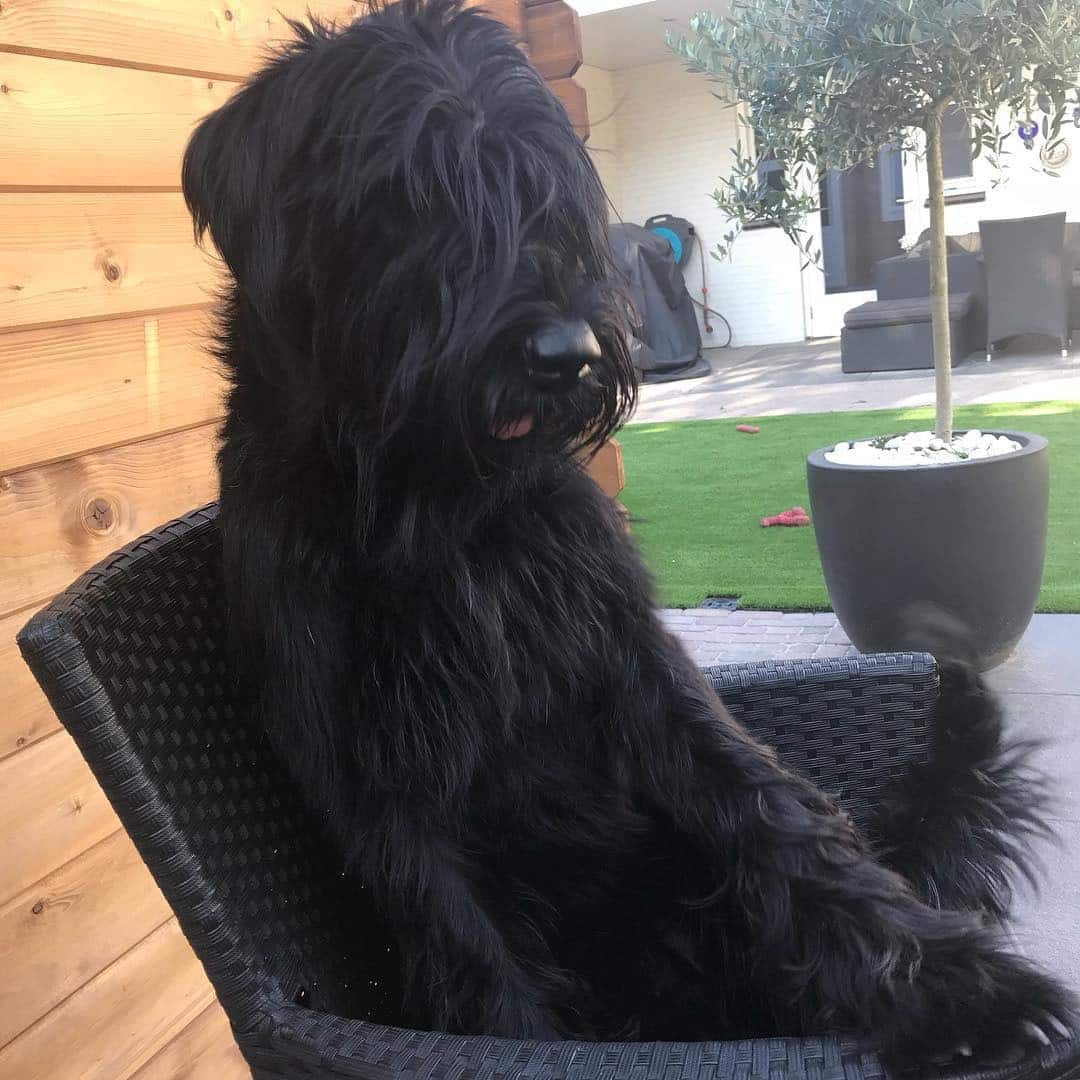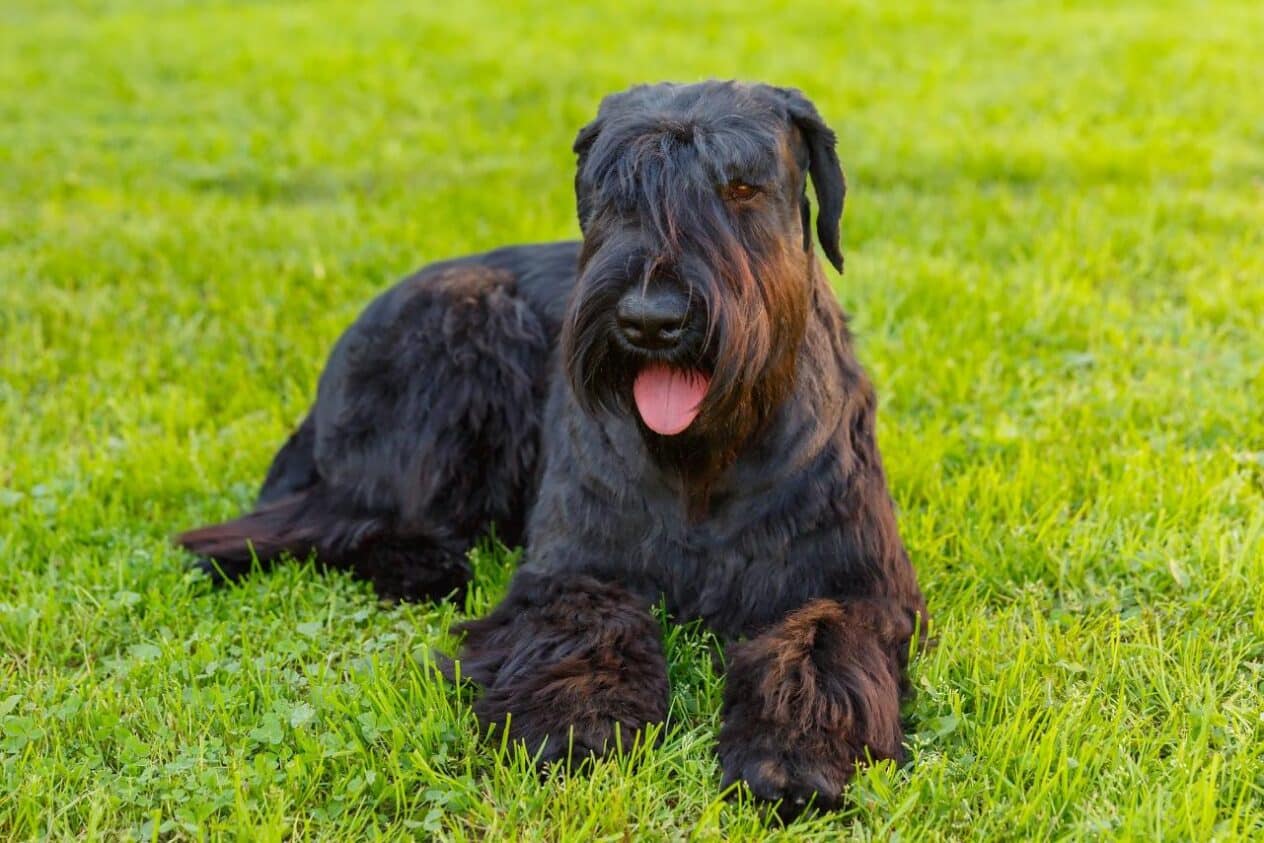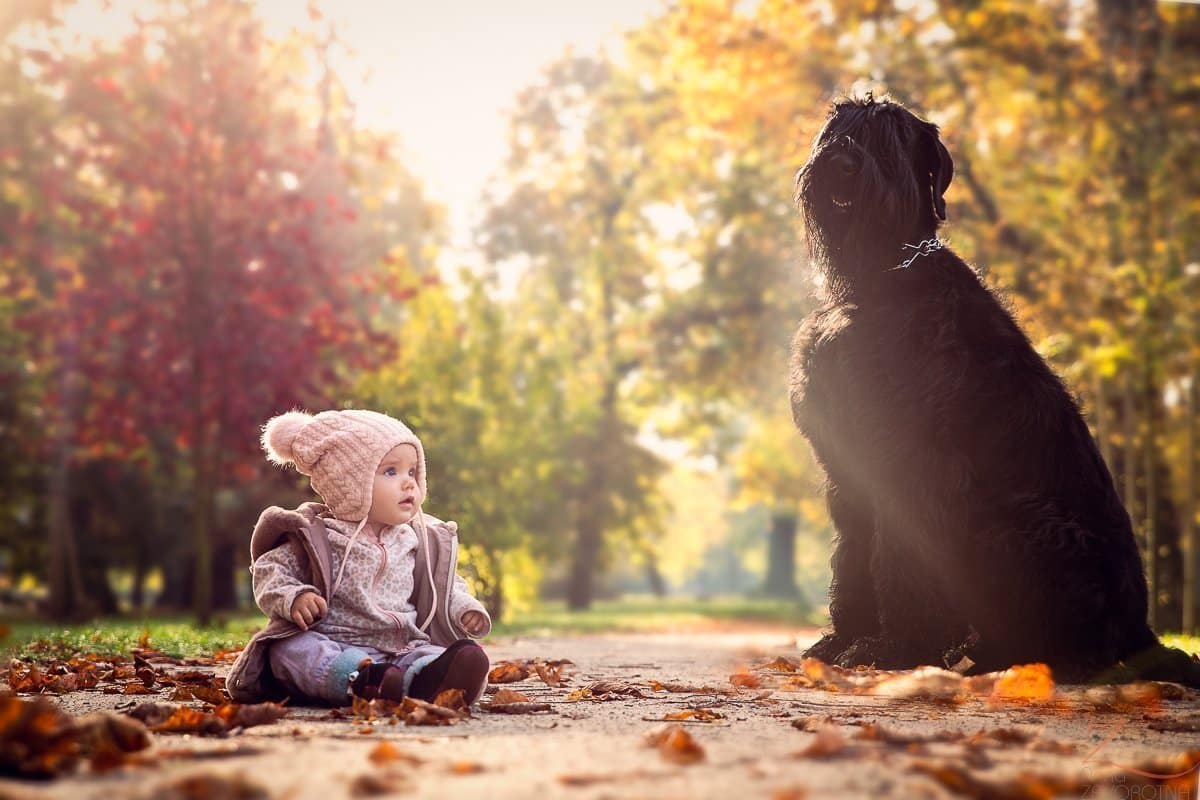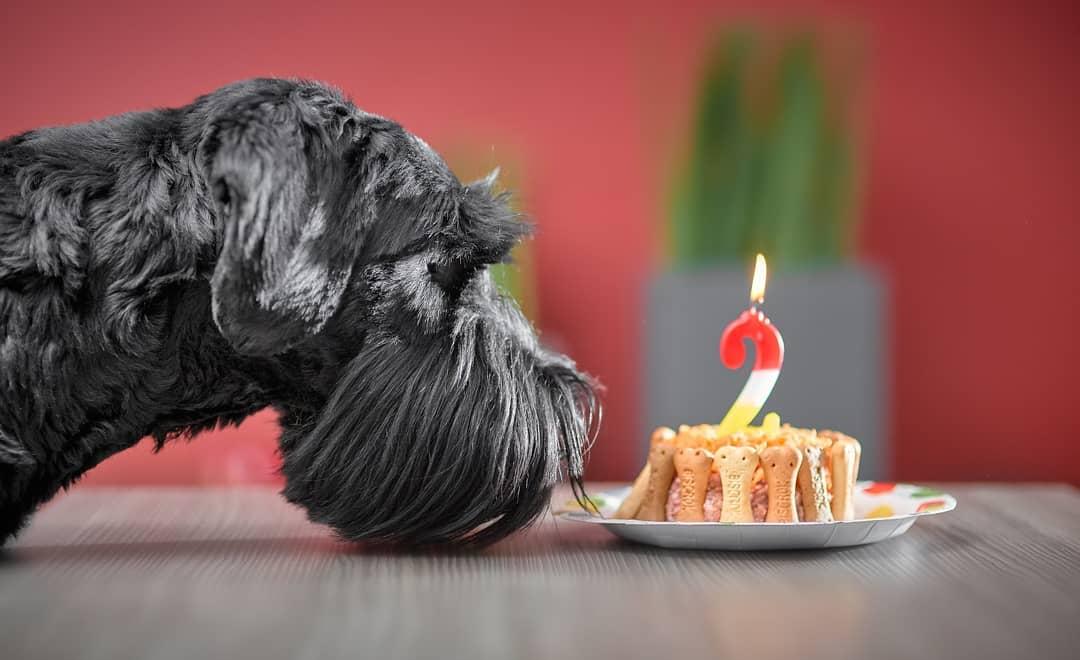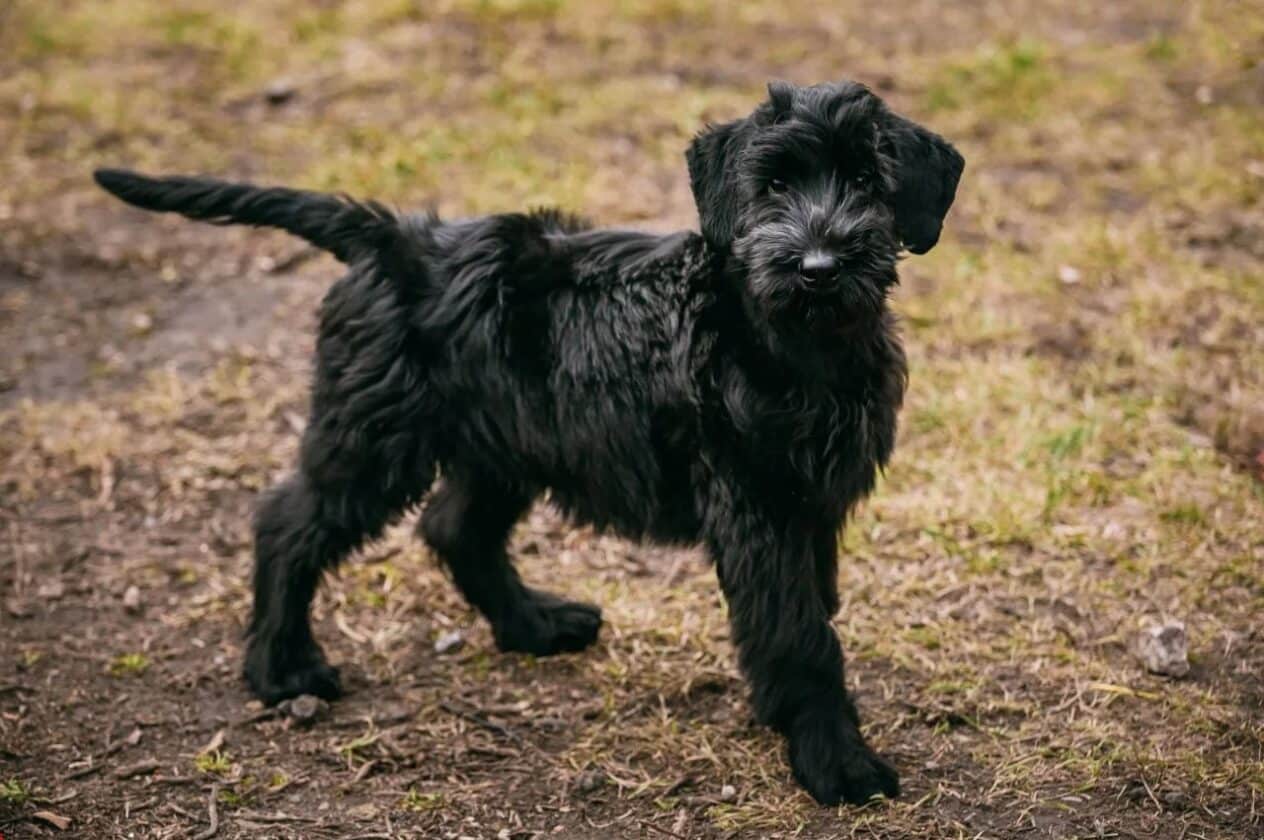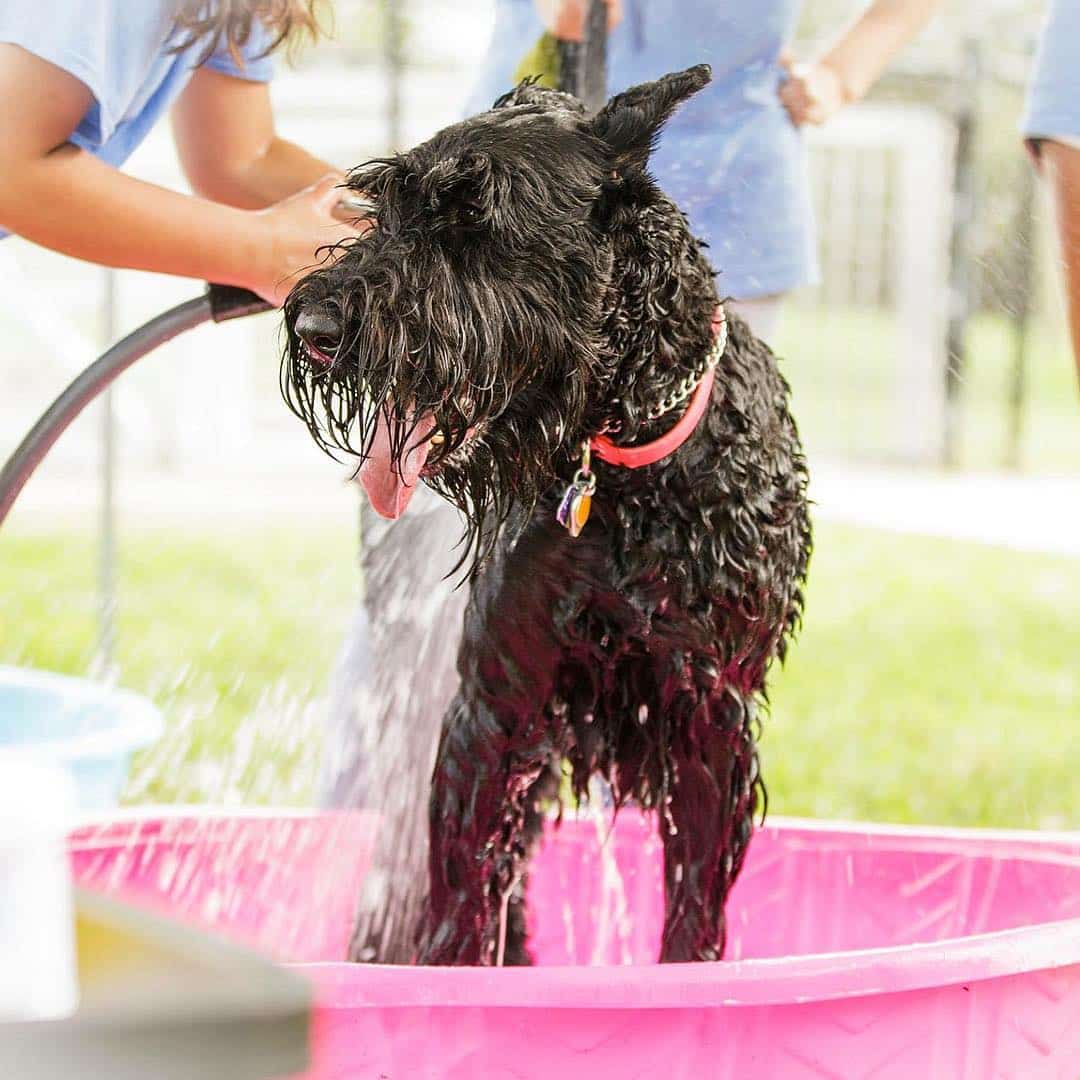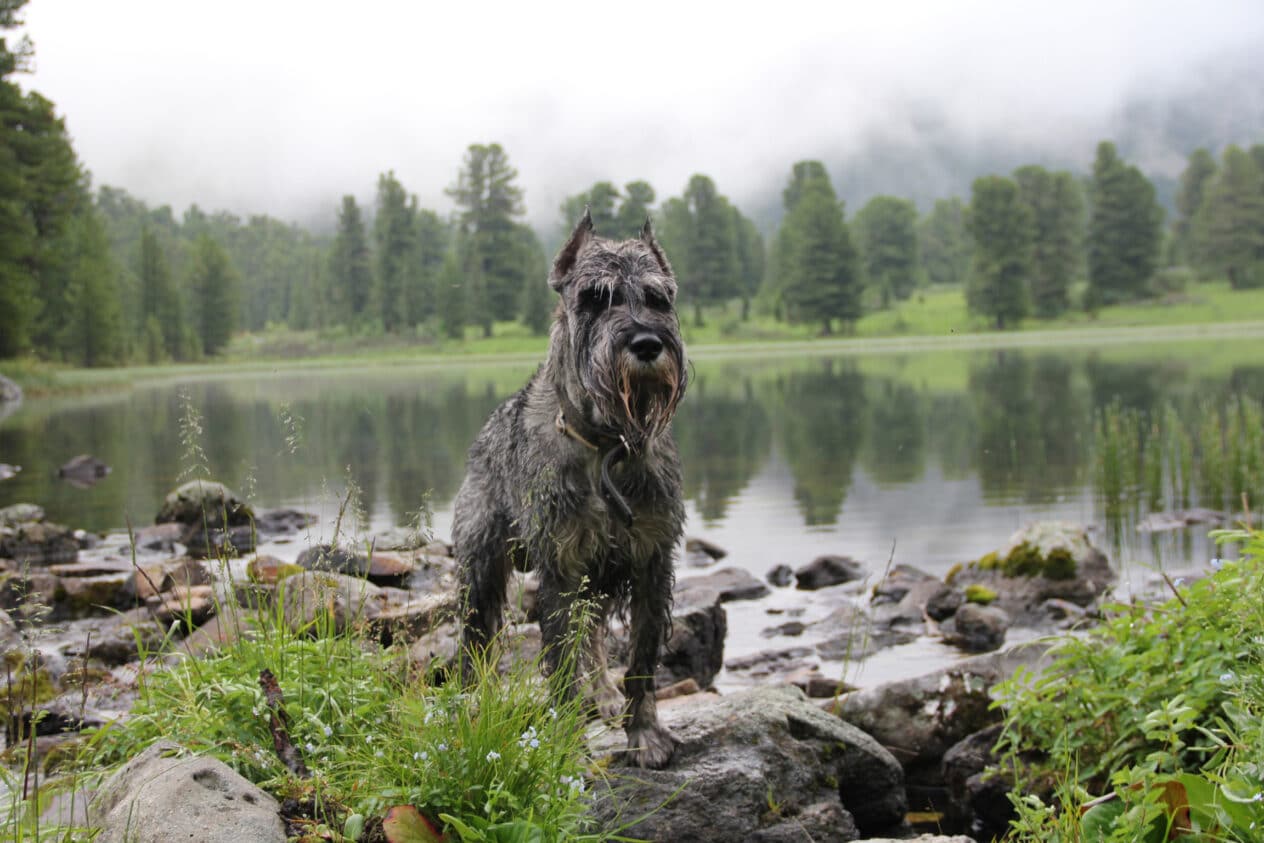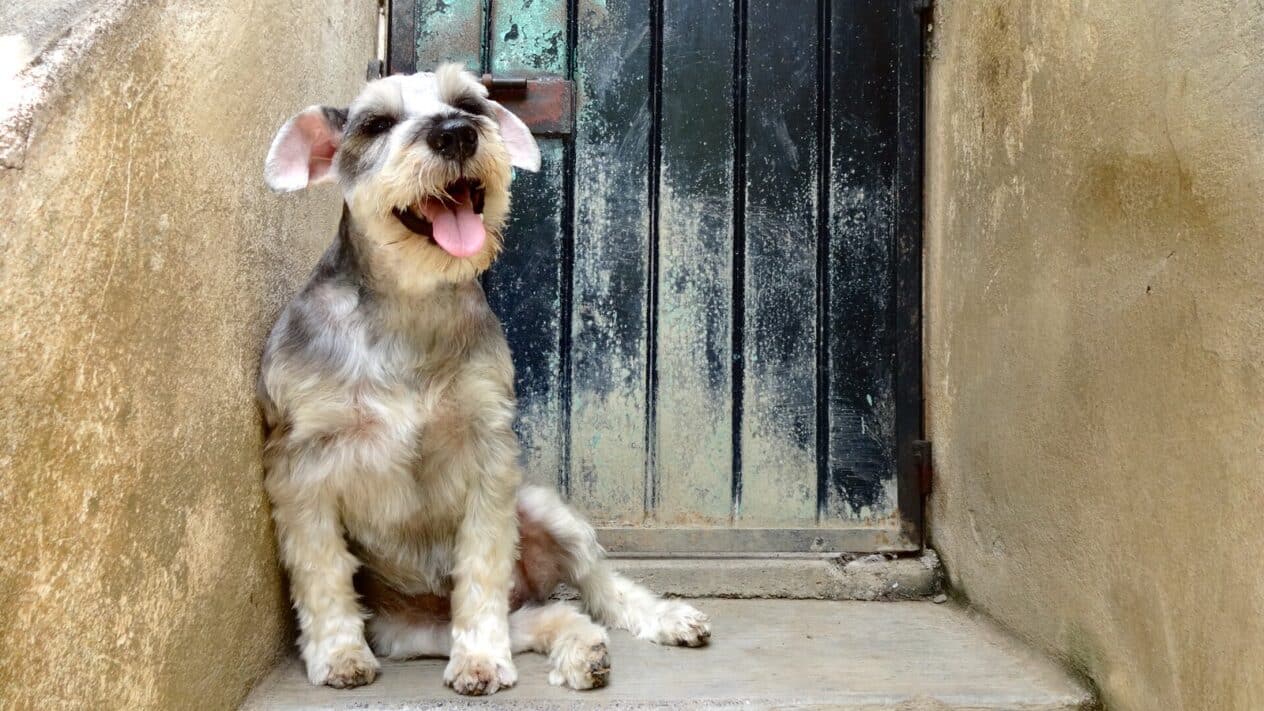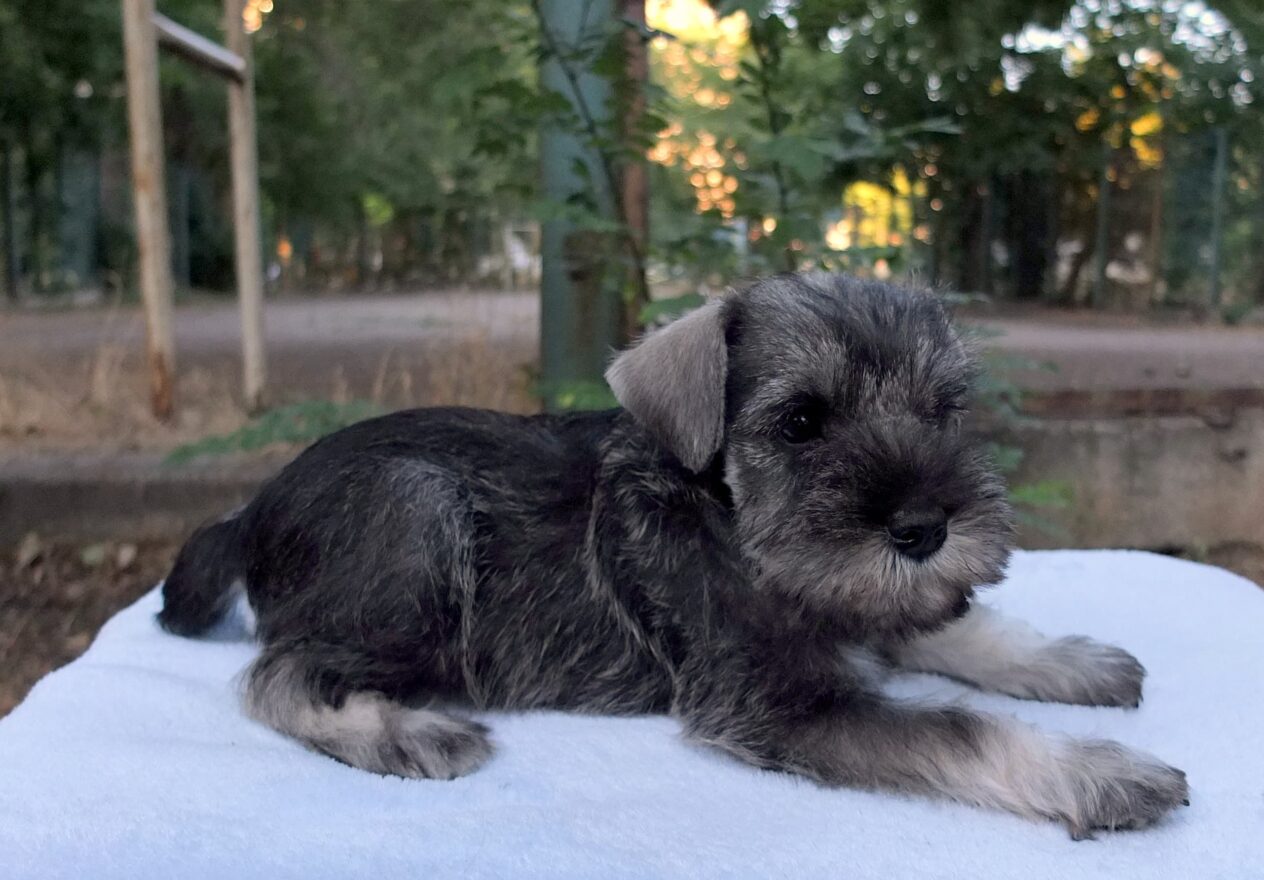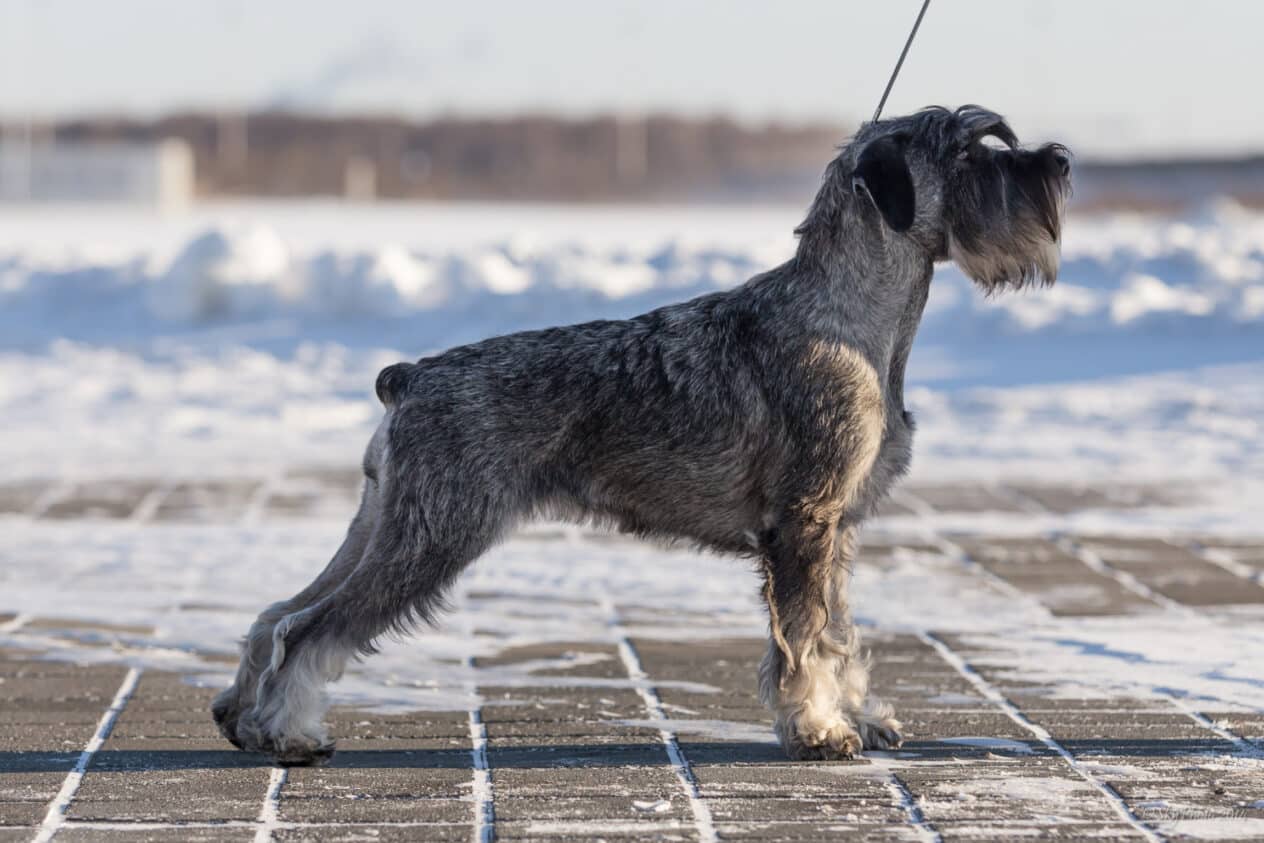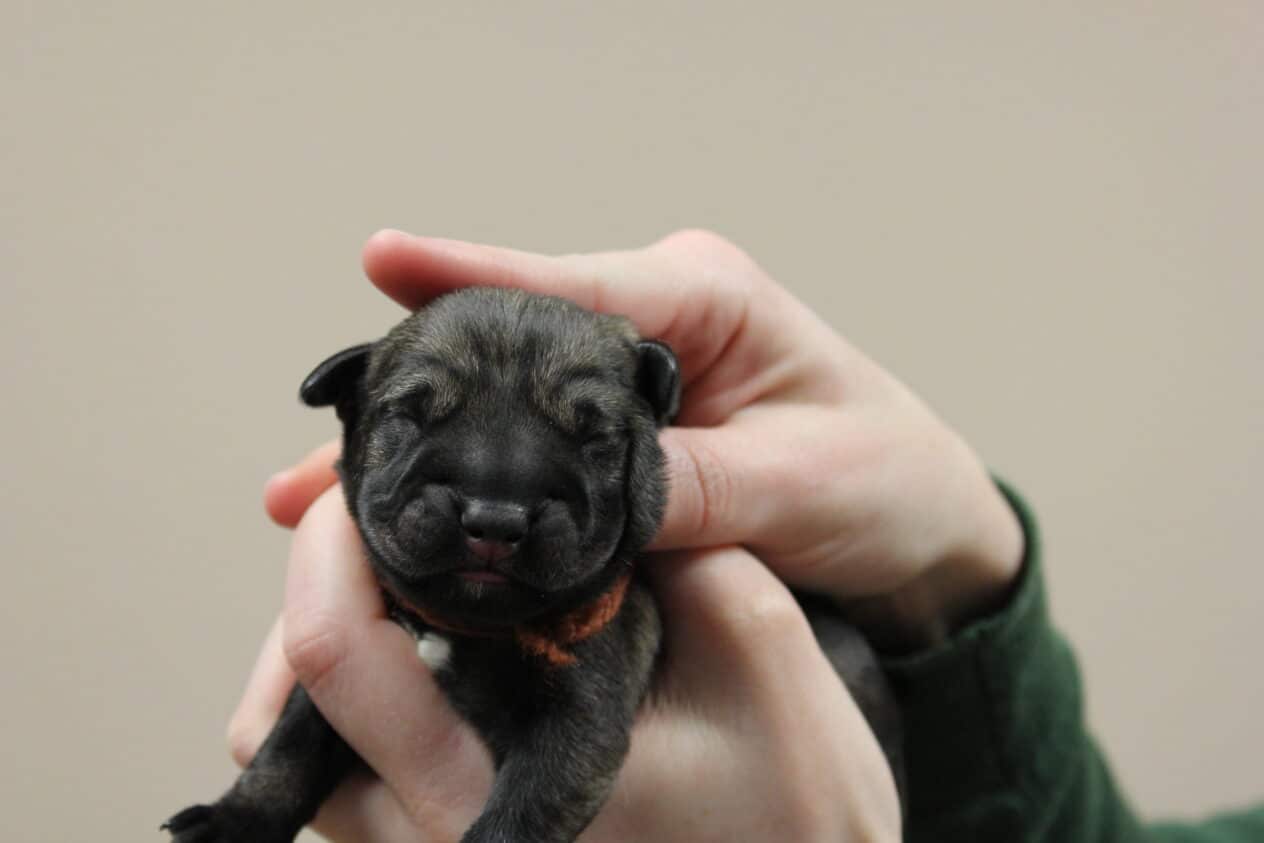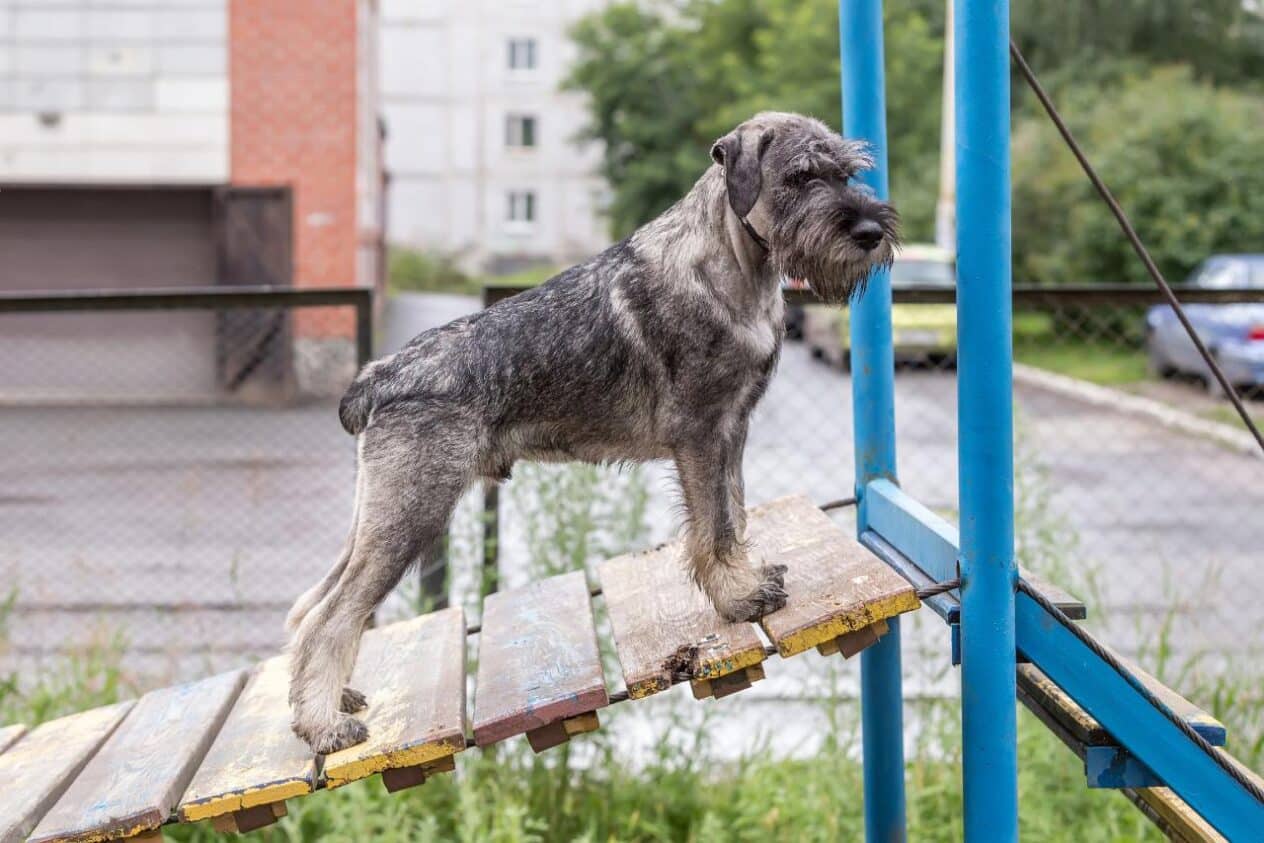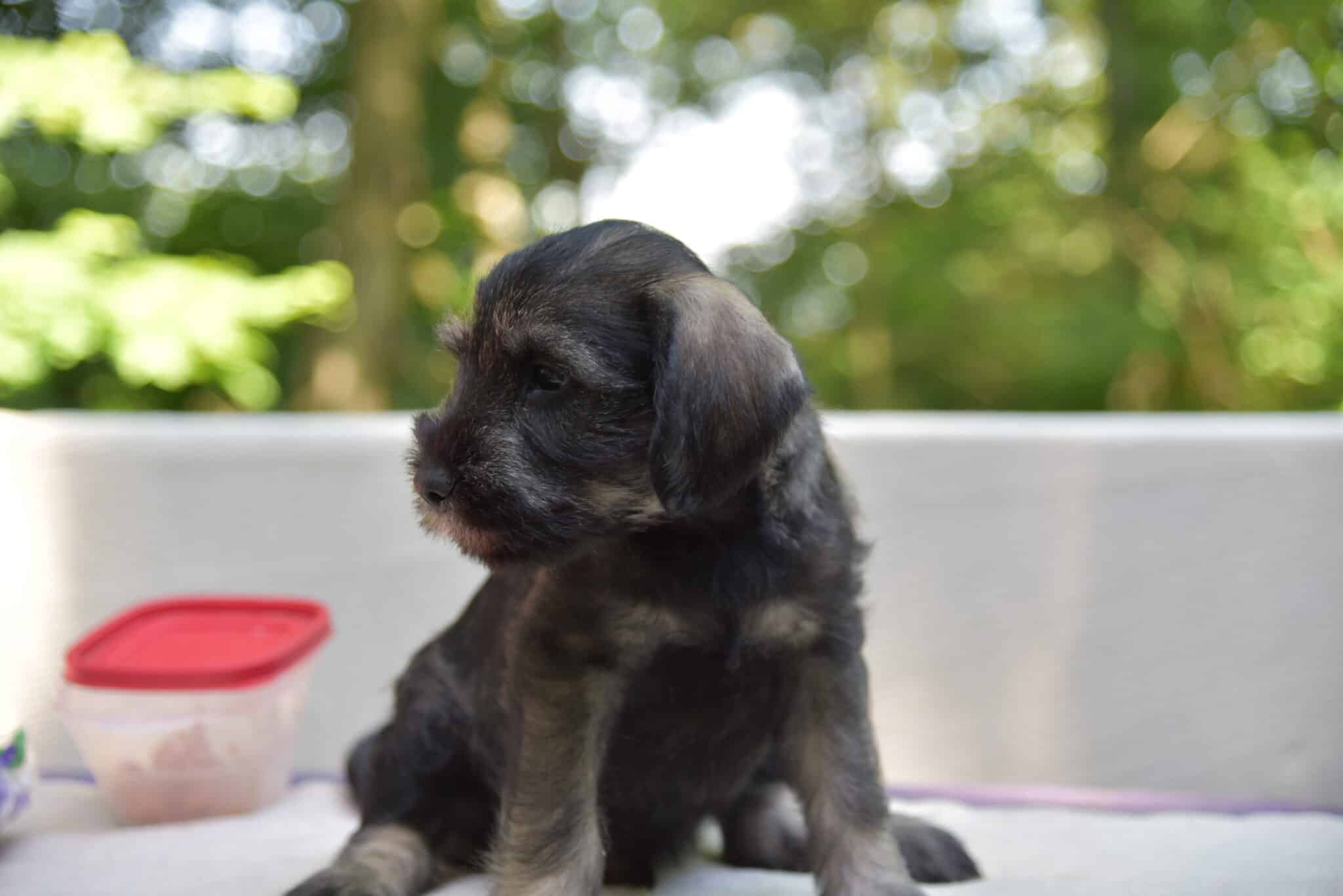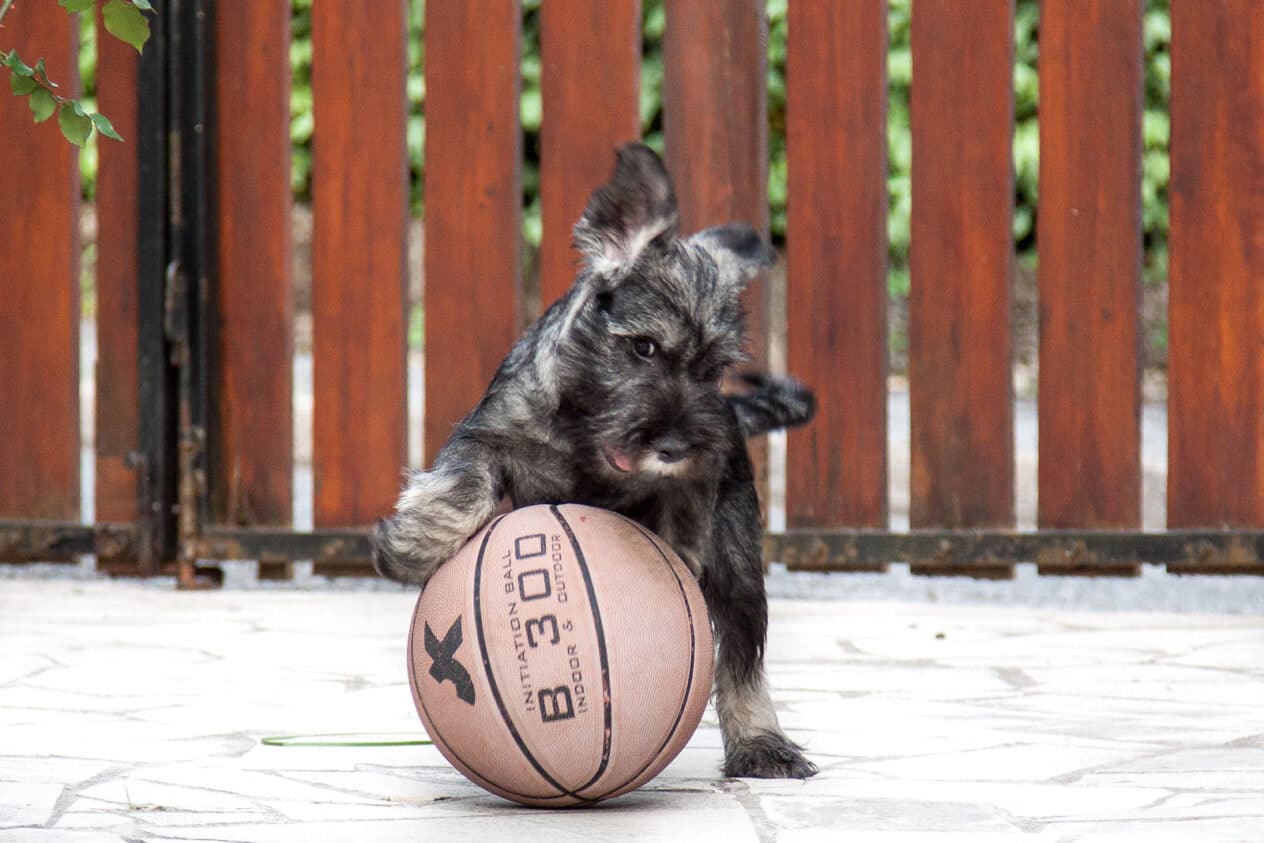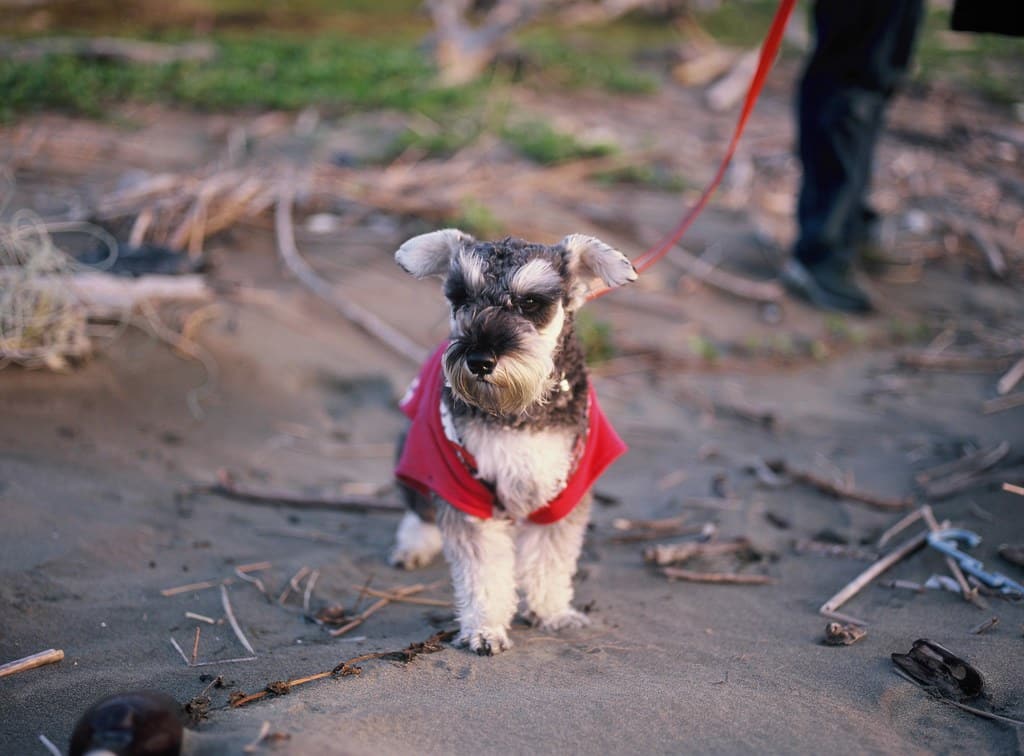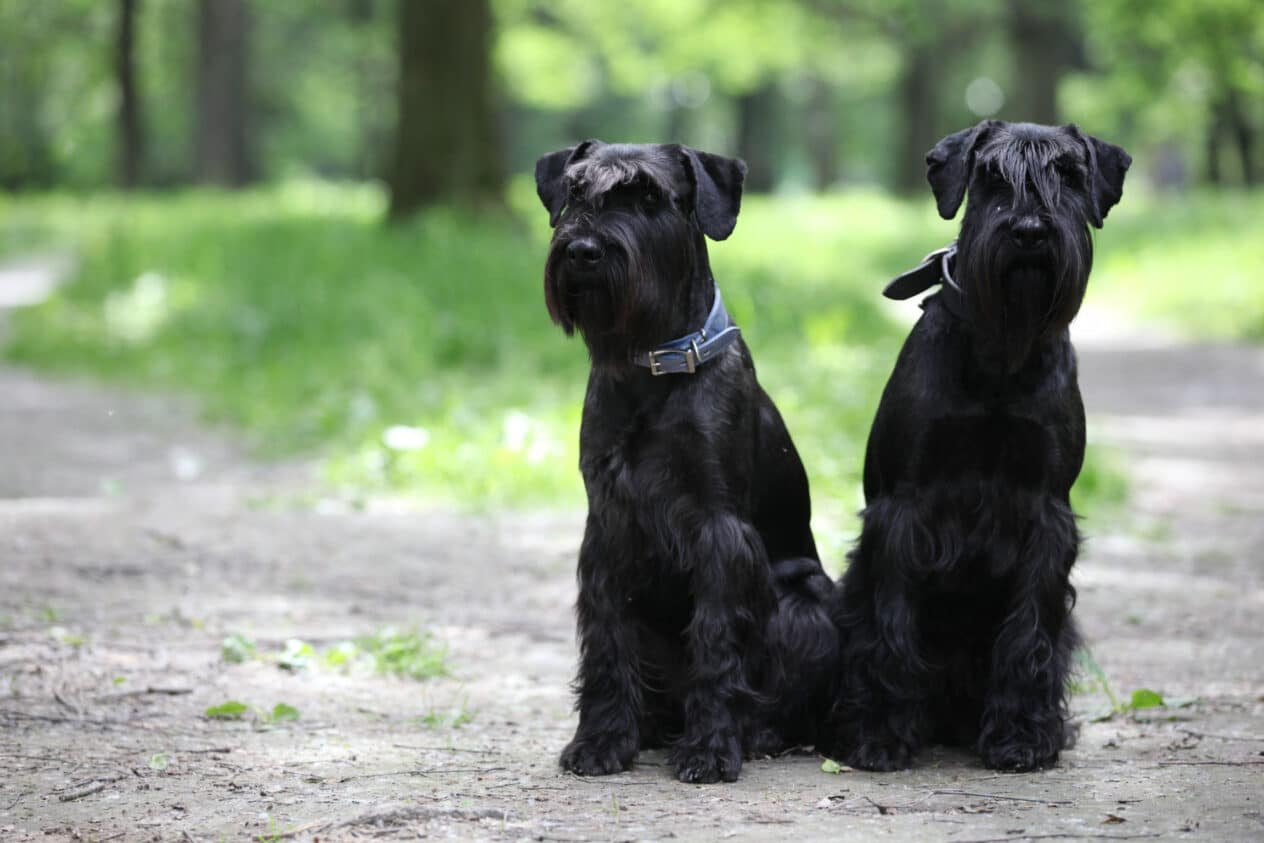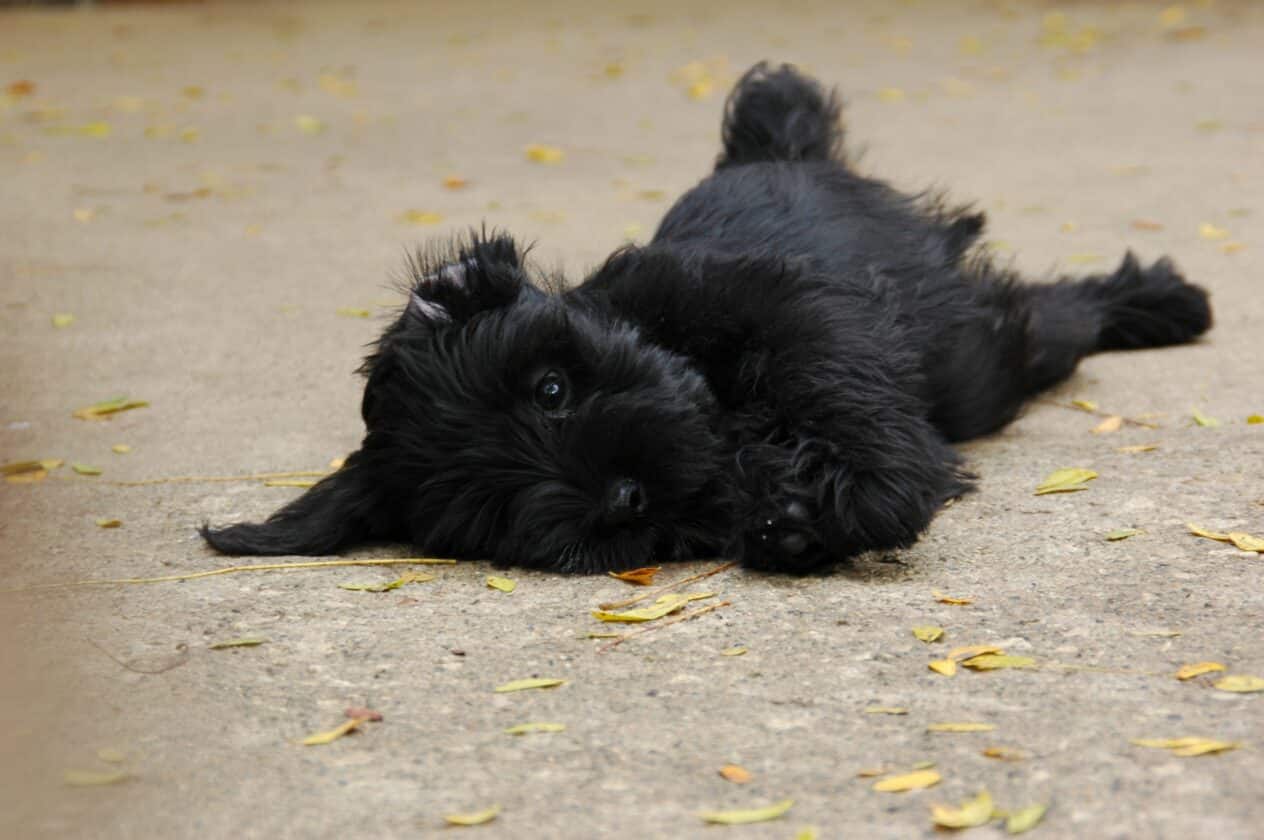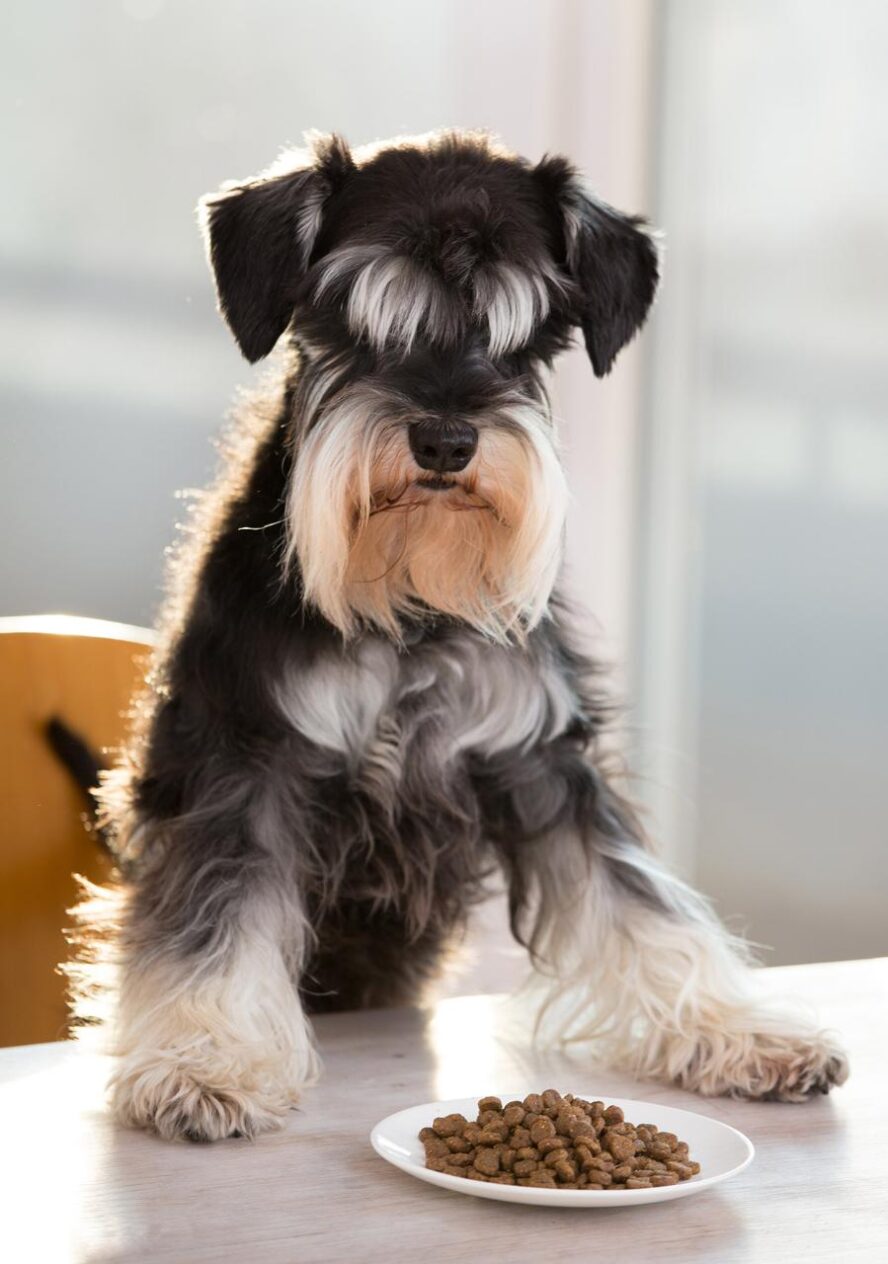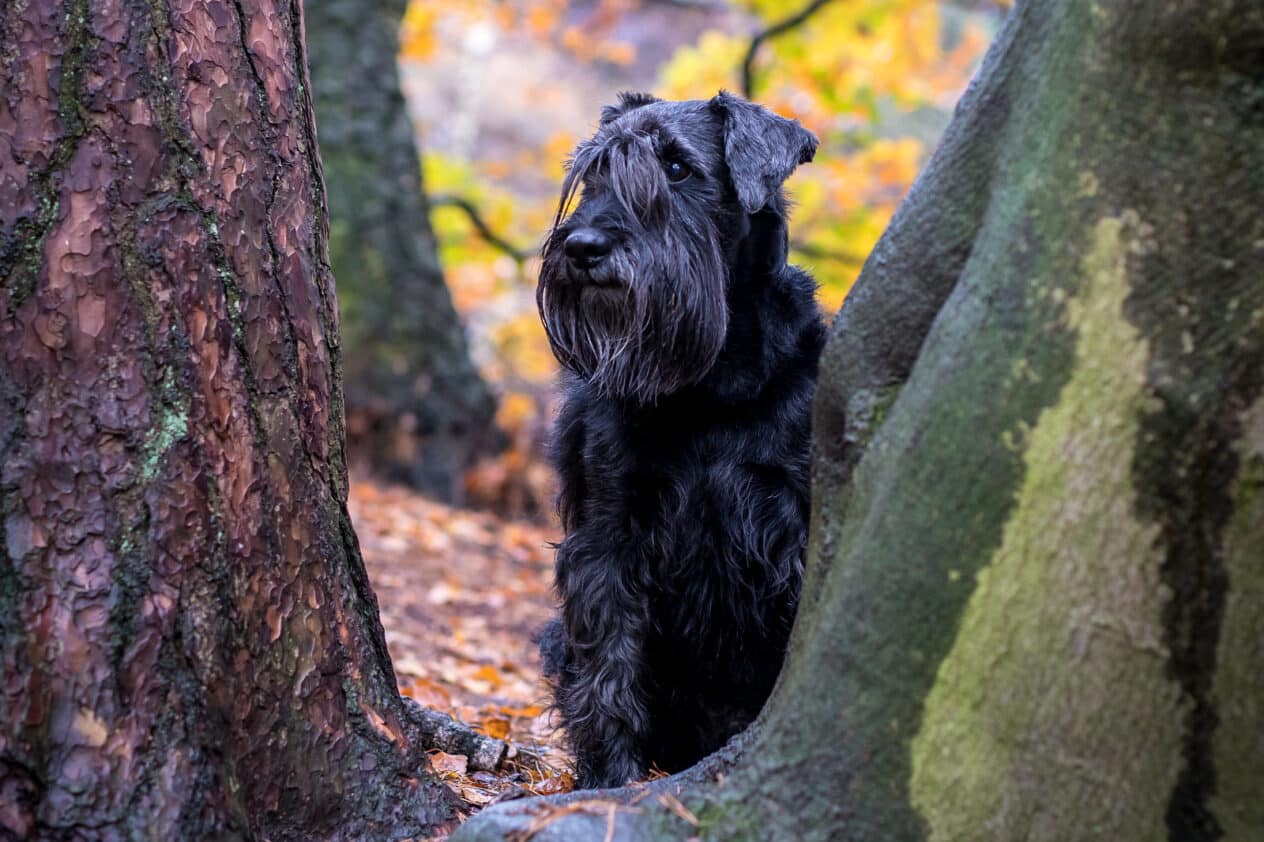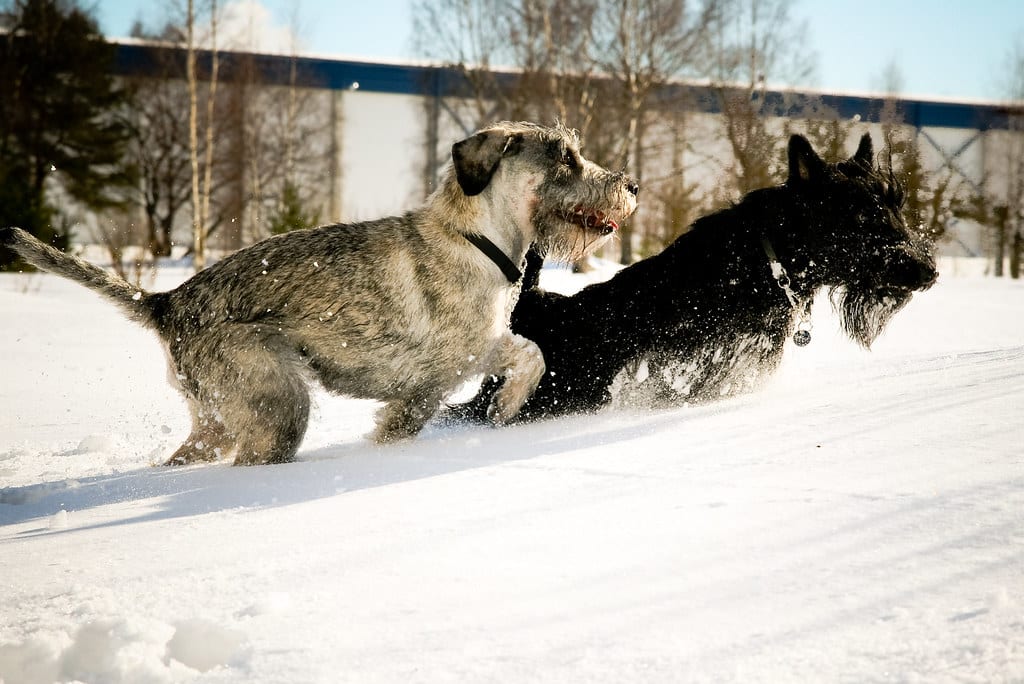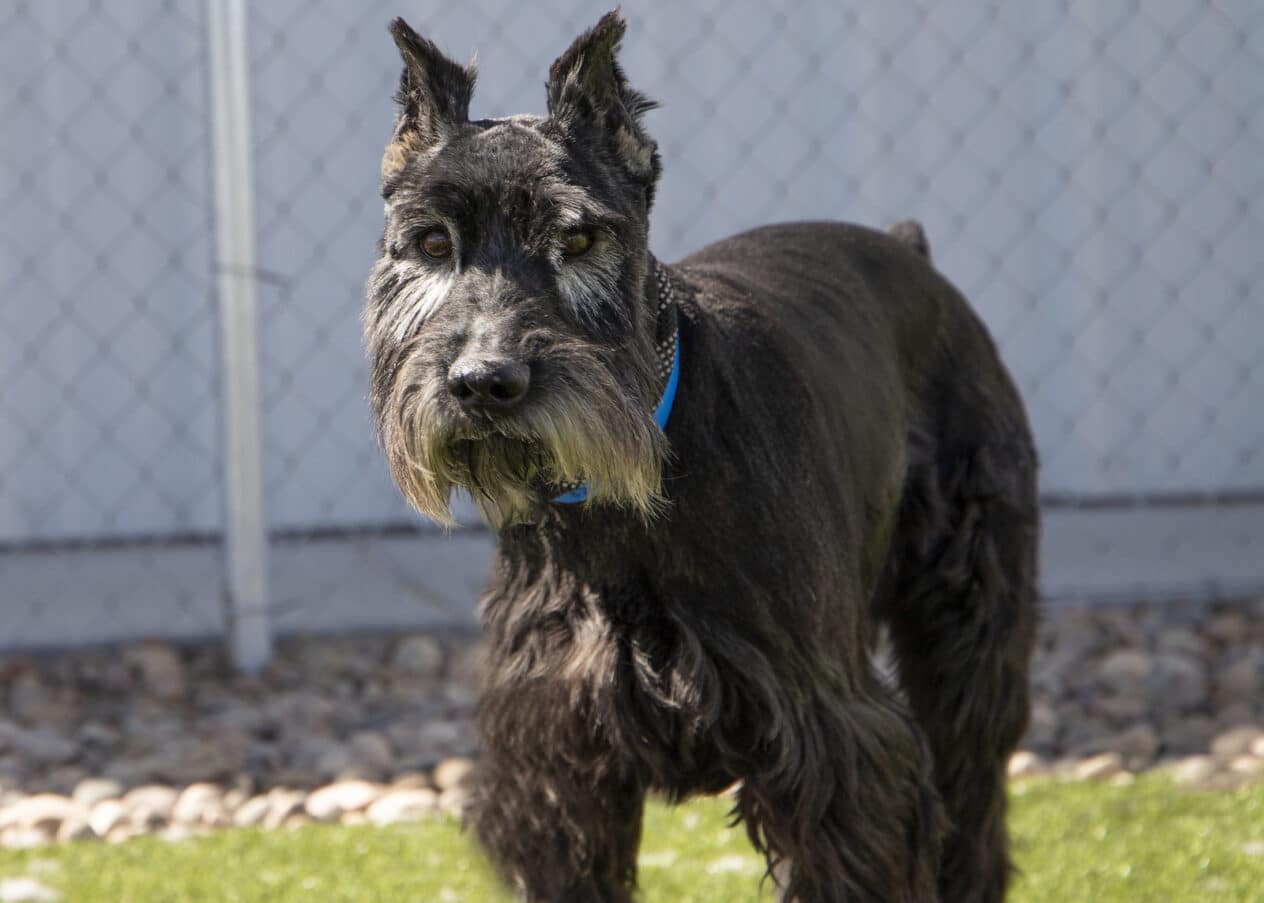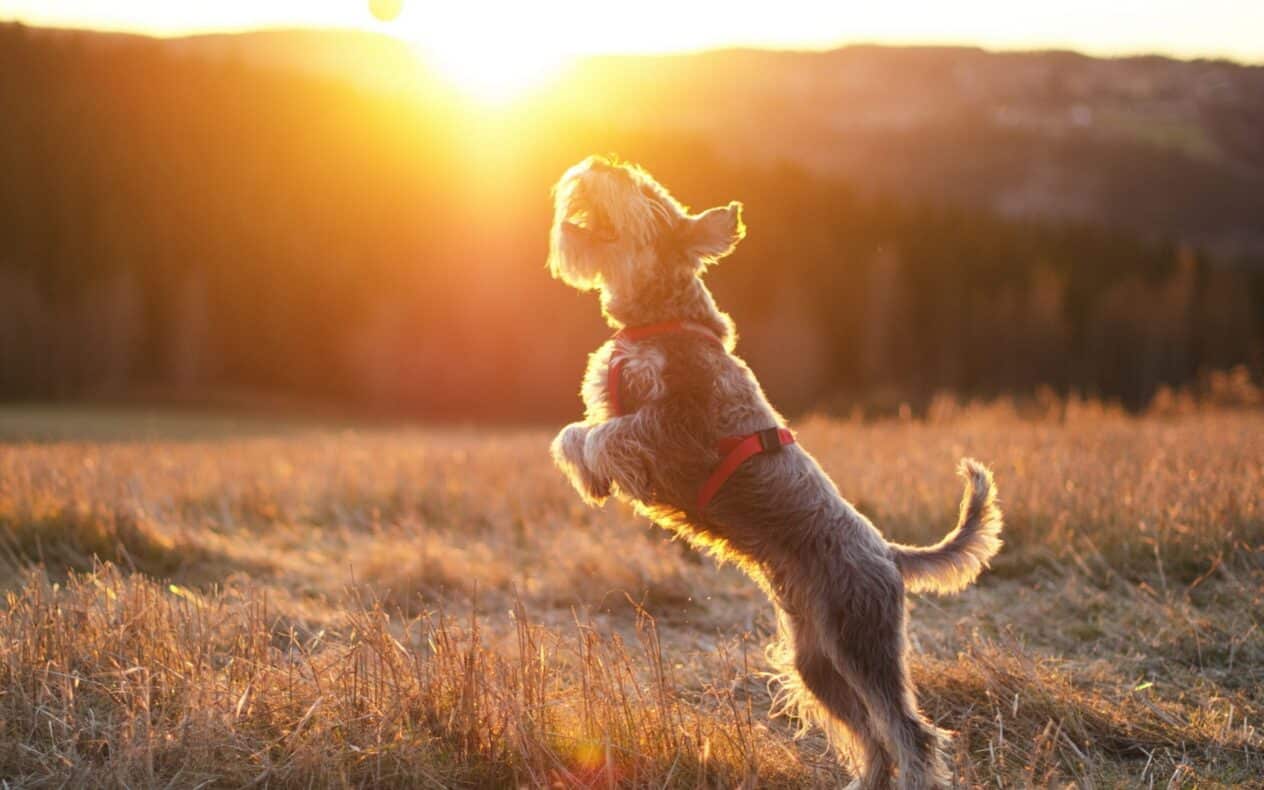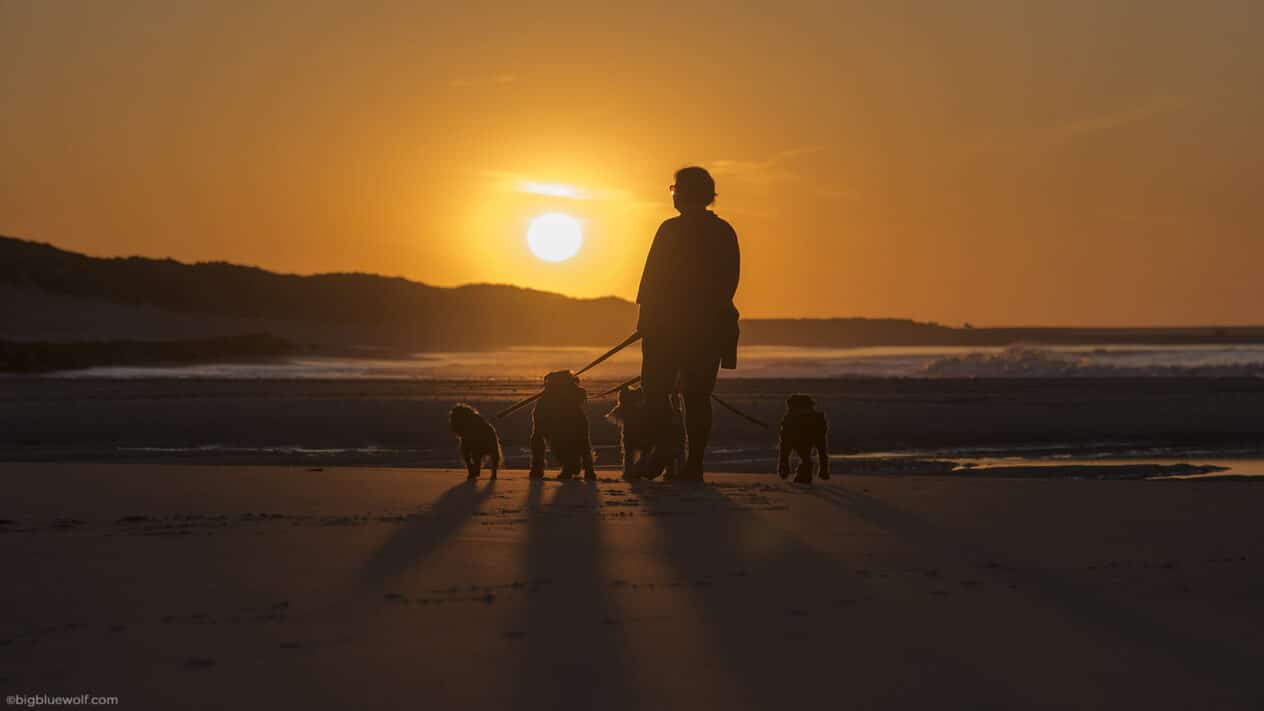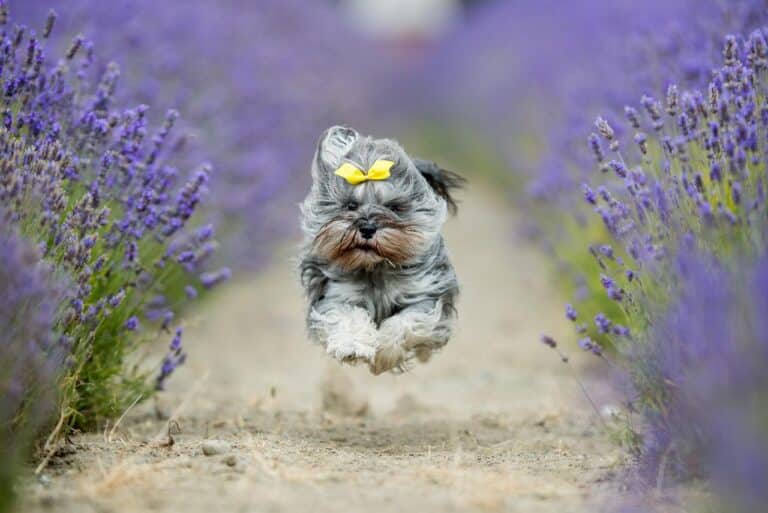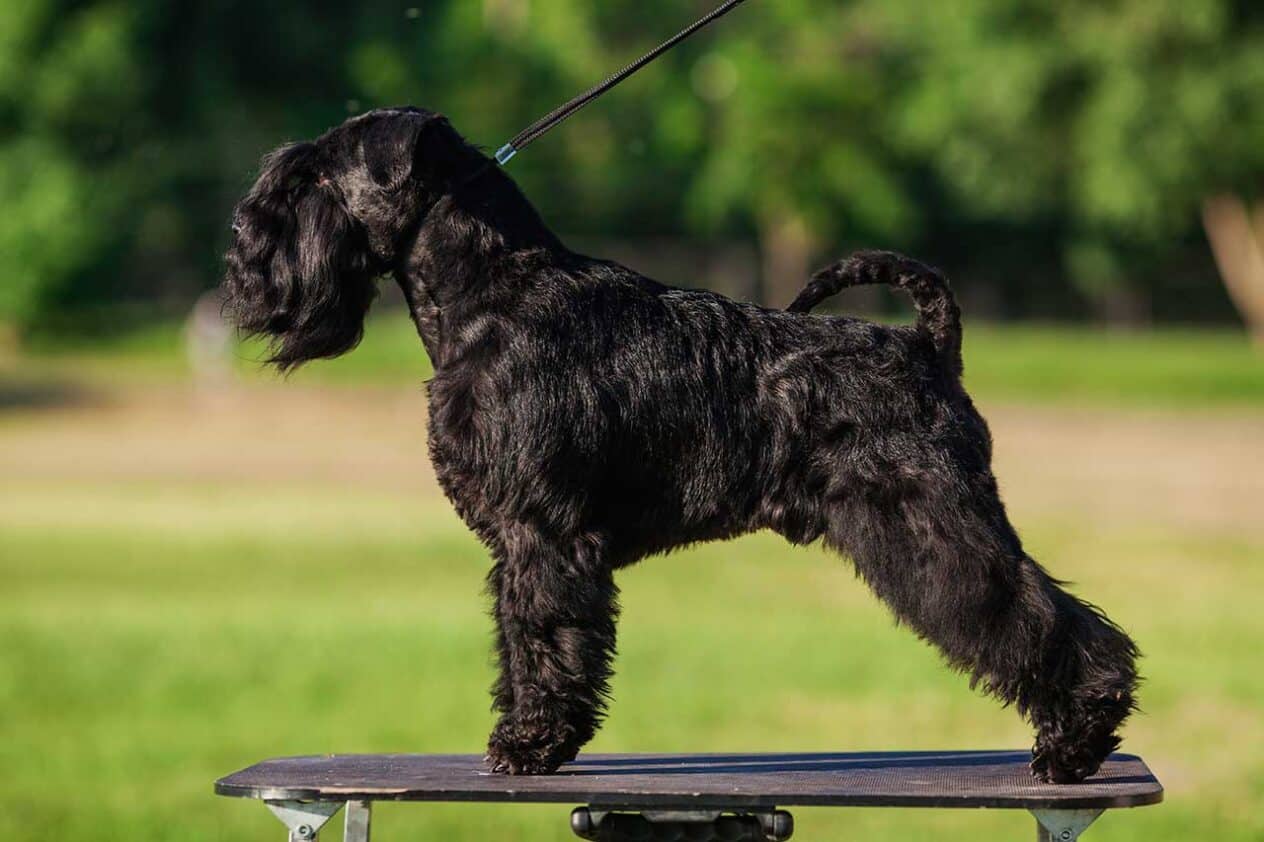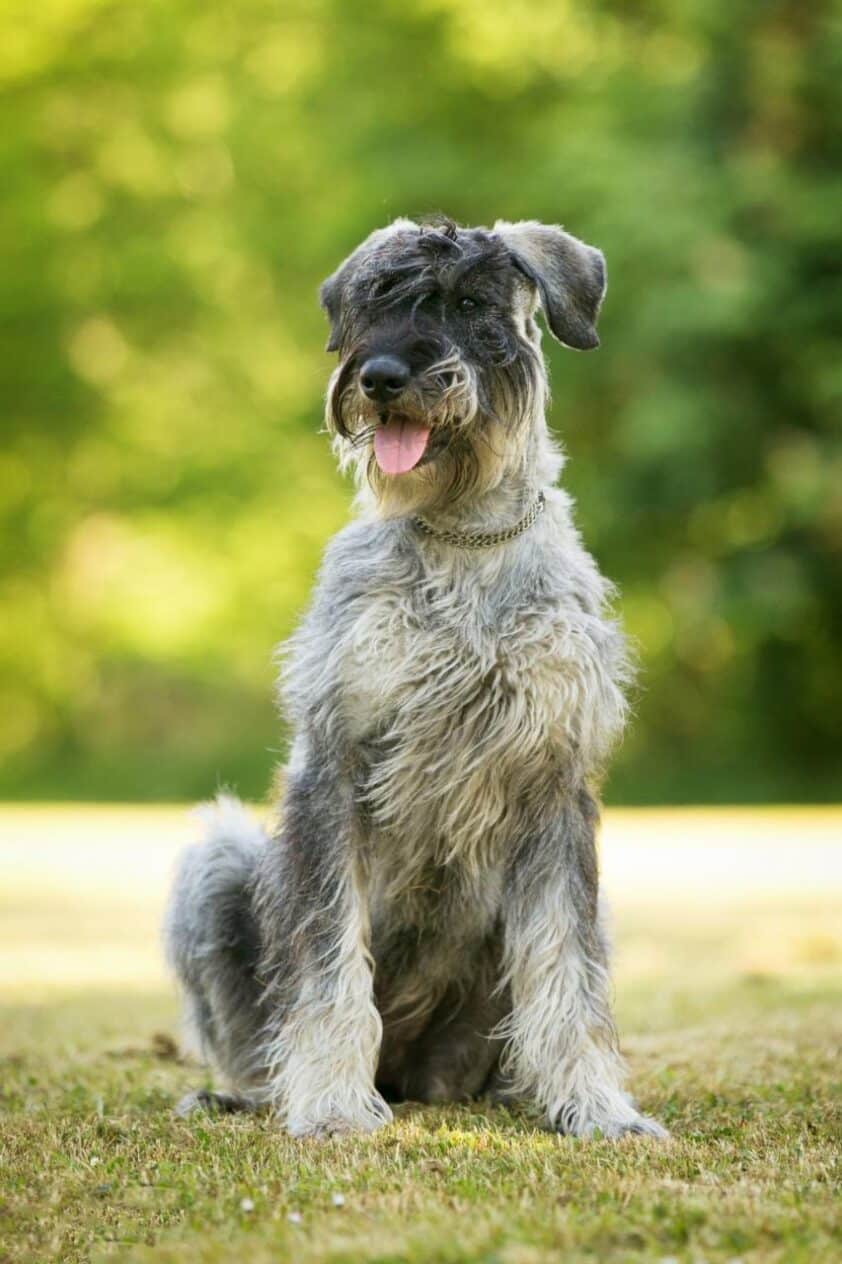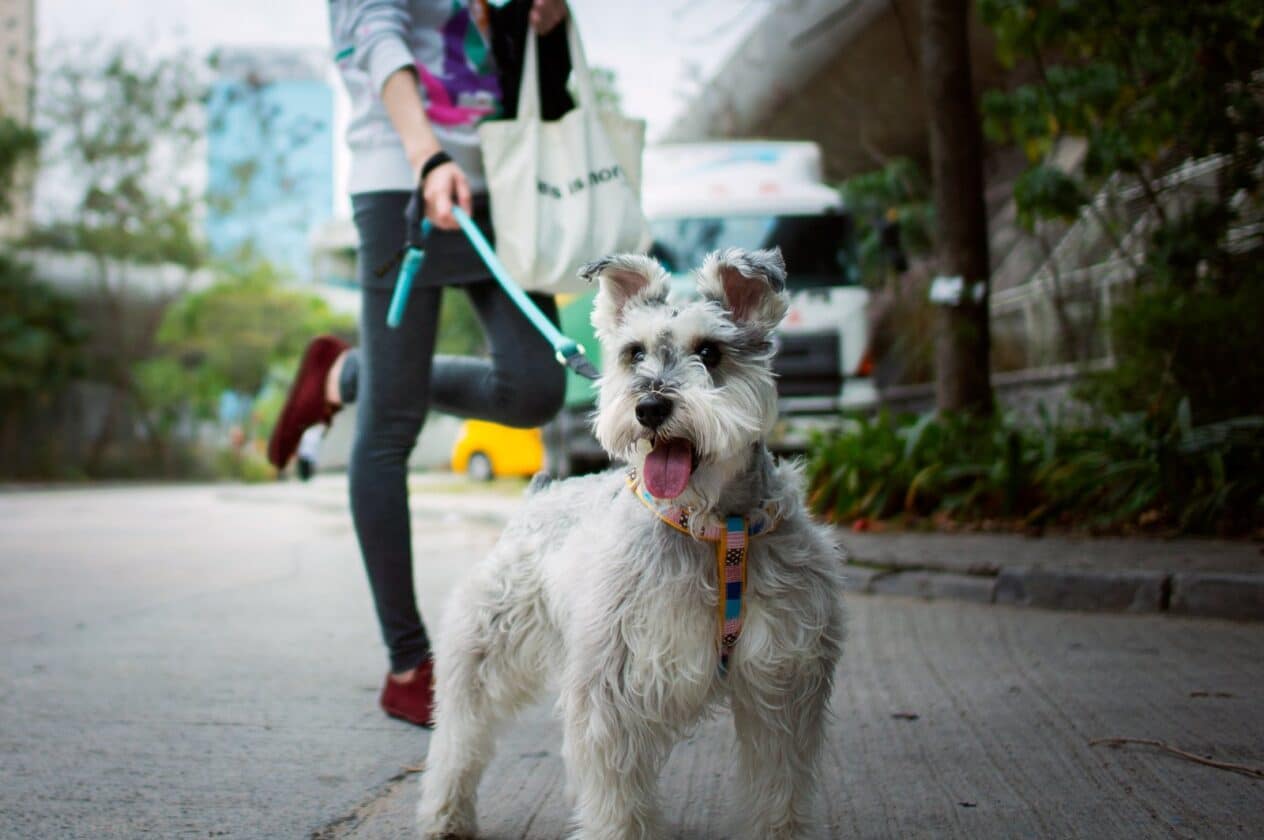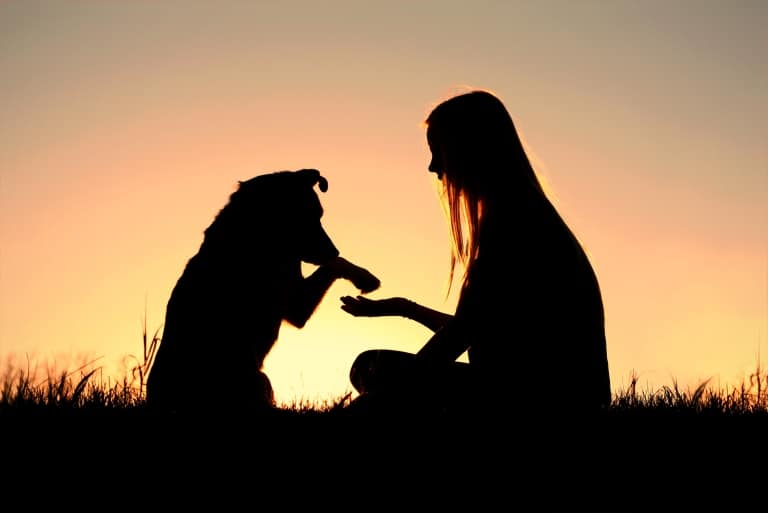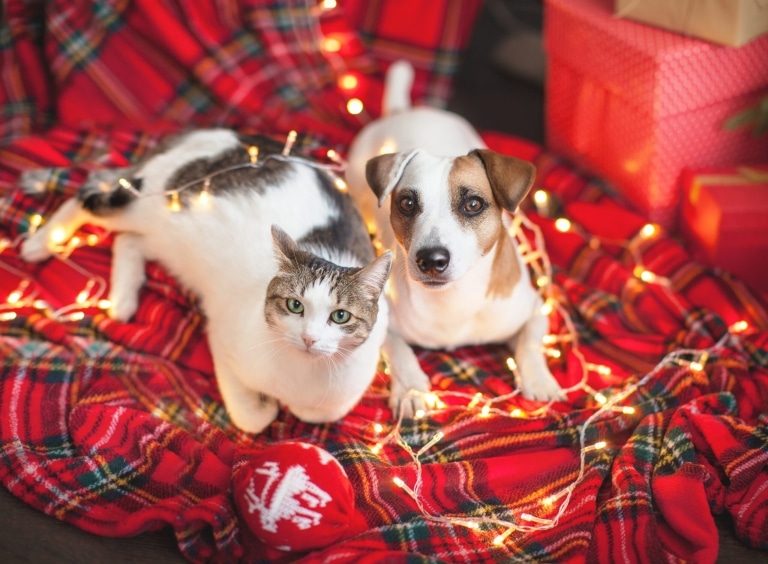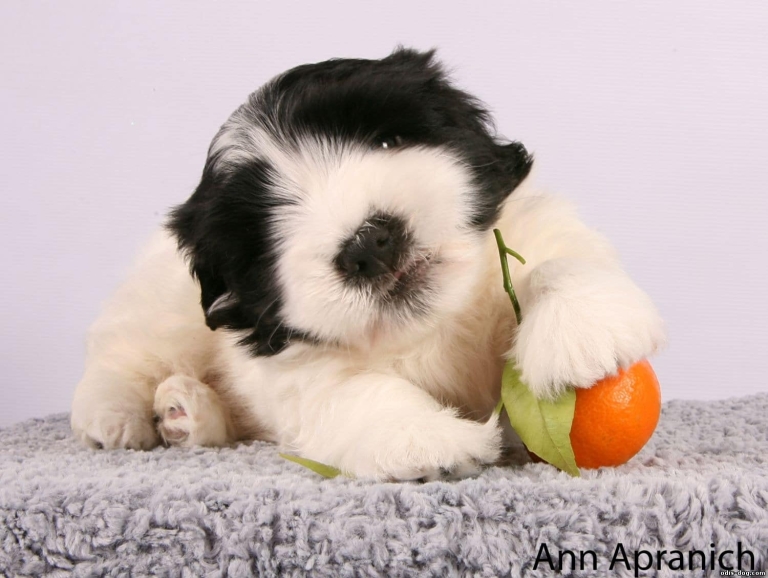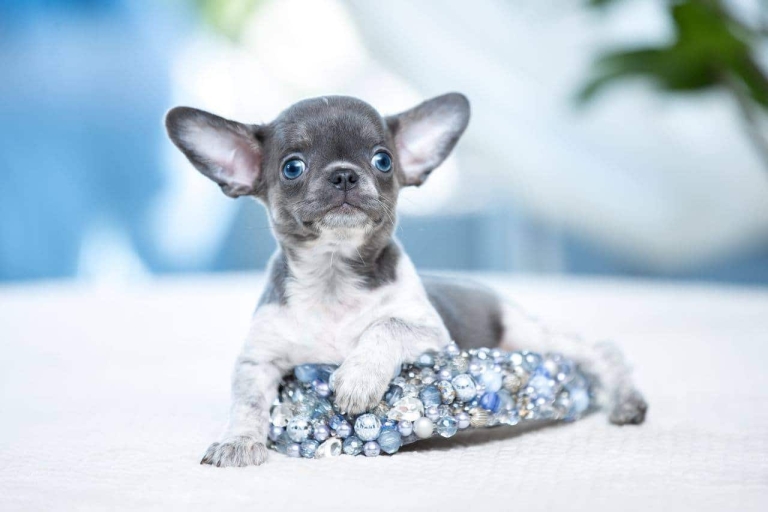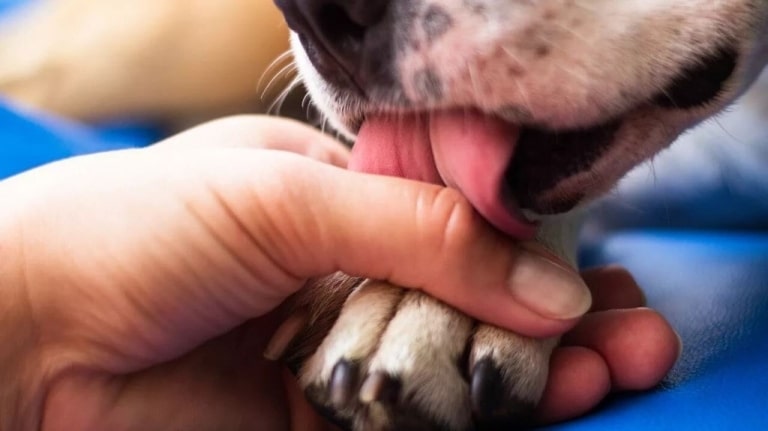Schnauzers are a unique group of dogs that united Miniature Schnauzers, Mittelschnauzers and Giant Schnauzers. They have a lot in common, despite the fact that they have different sizes and histories of origin. Today we will learn more about it.
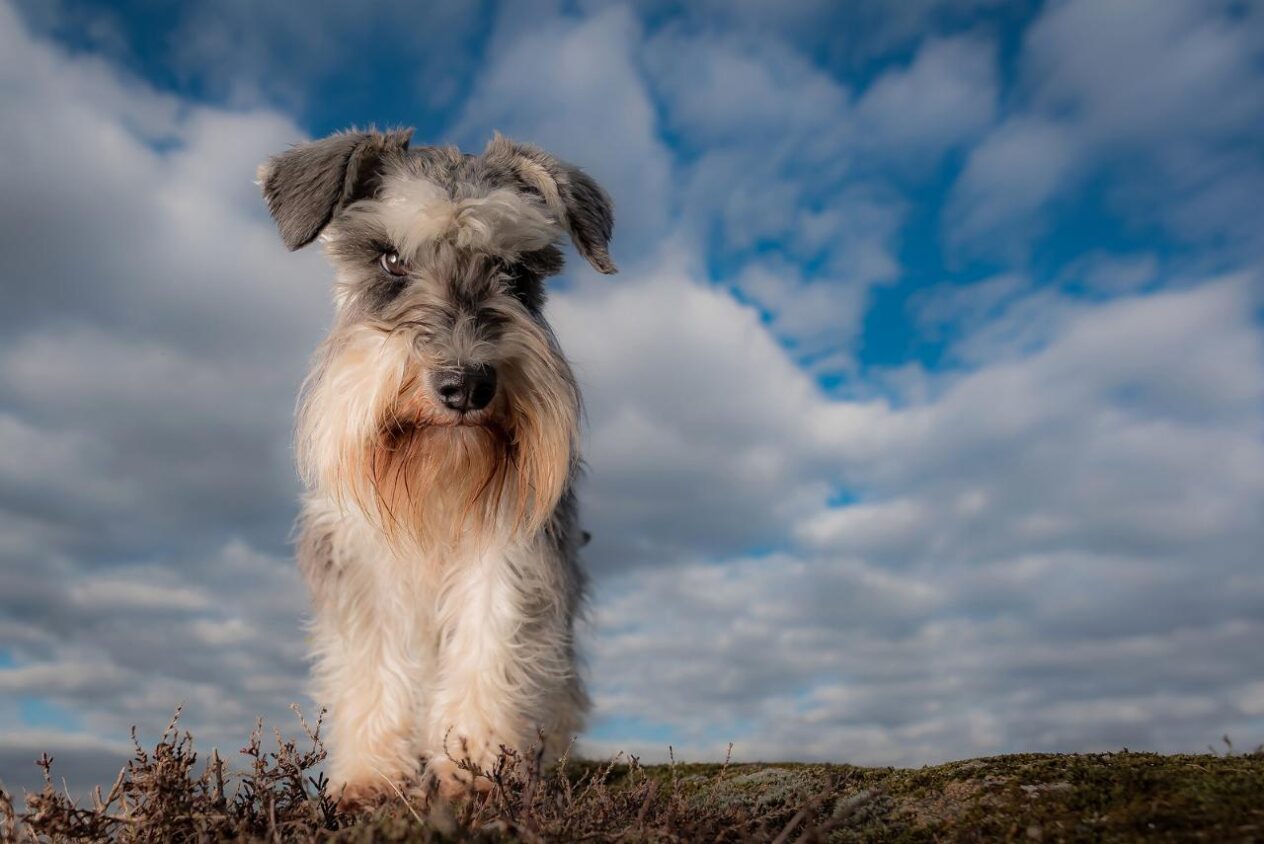
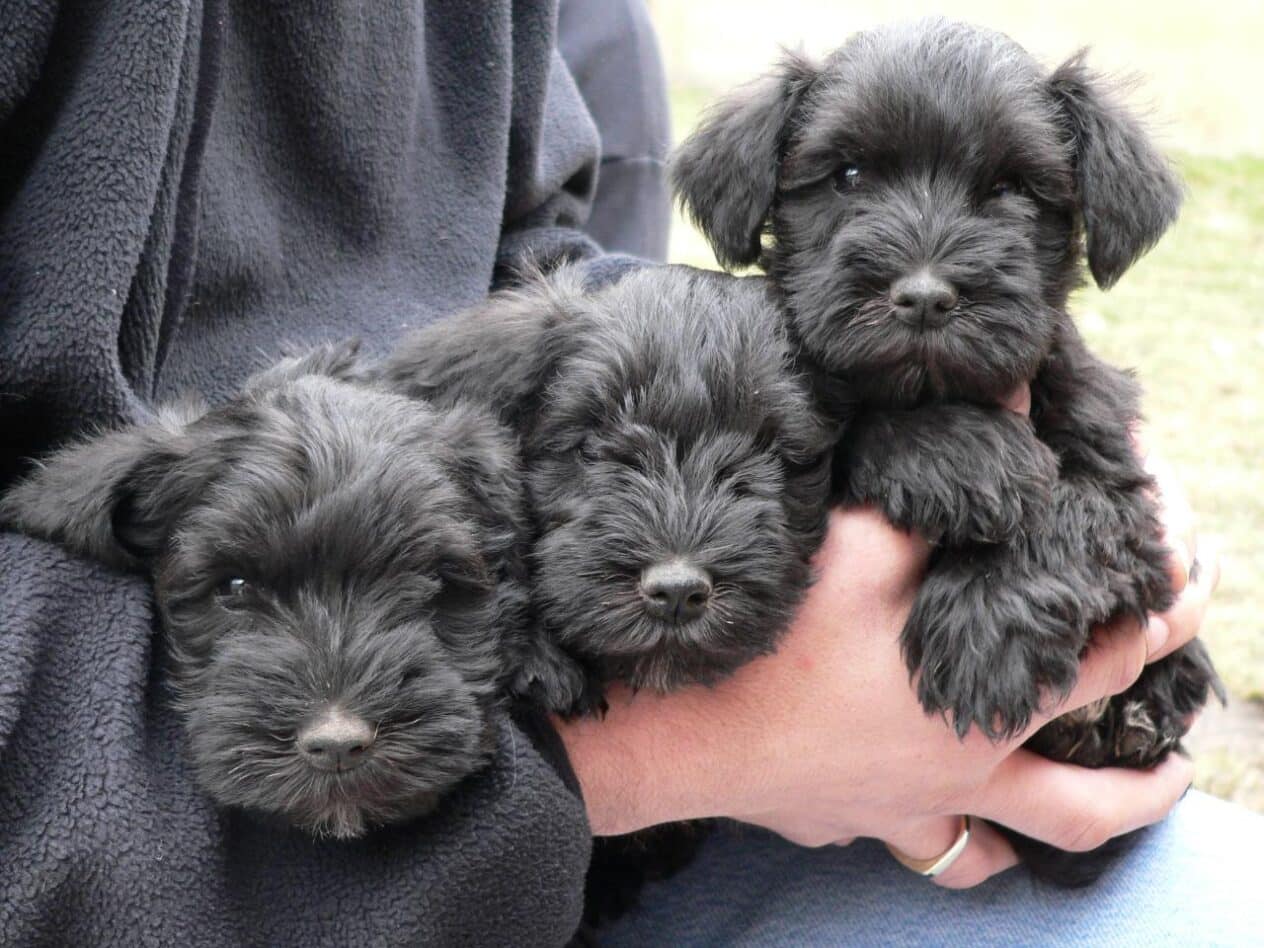
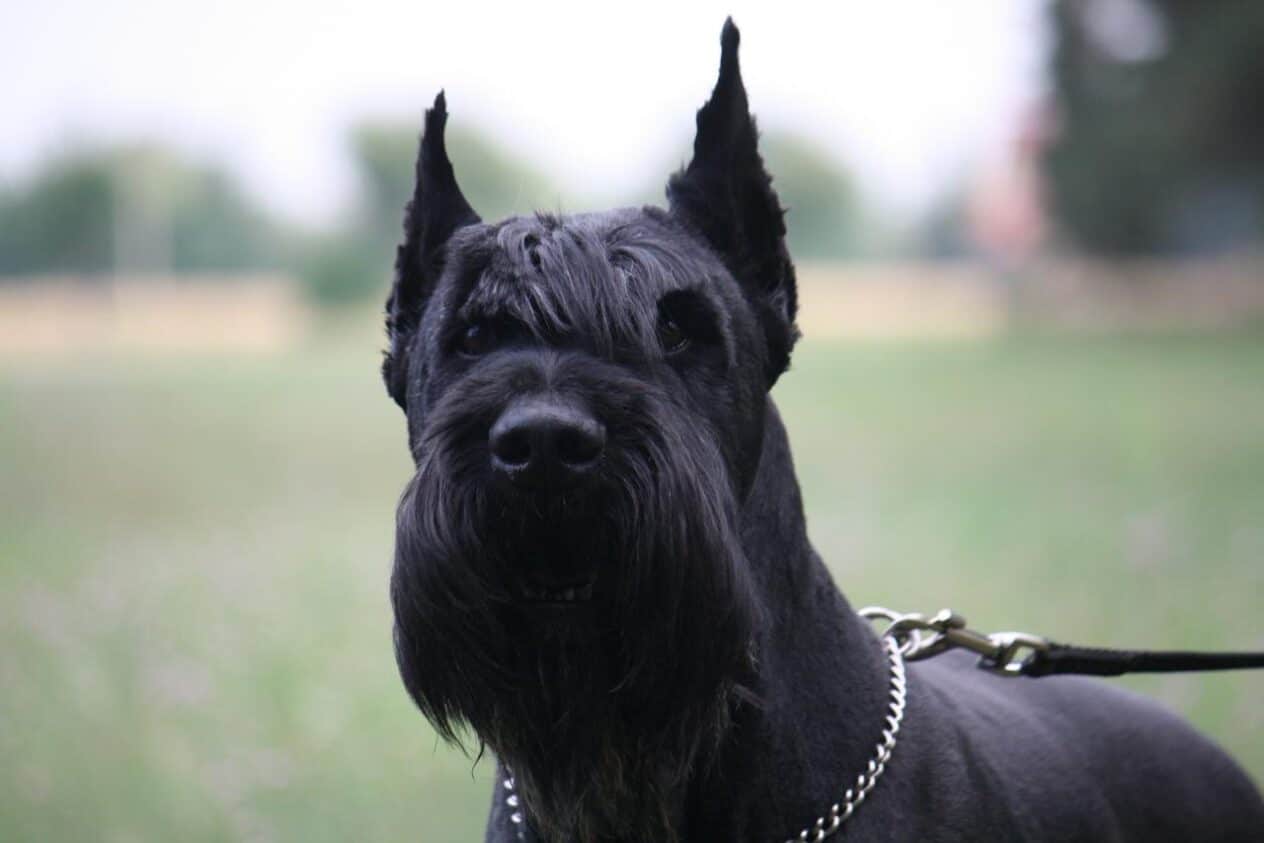
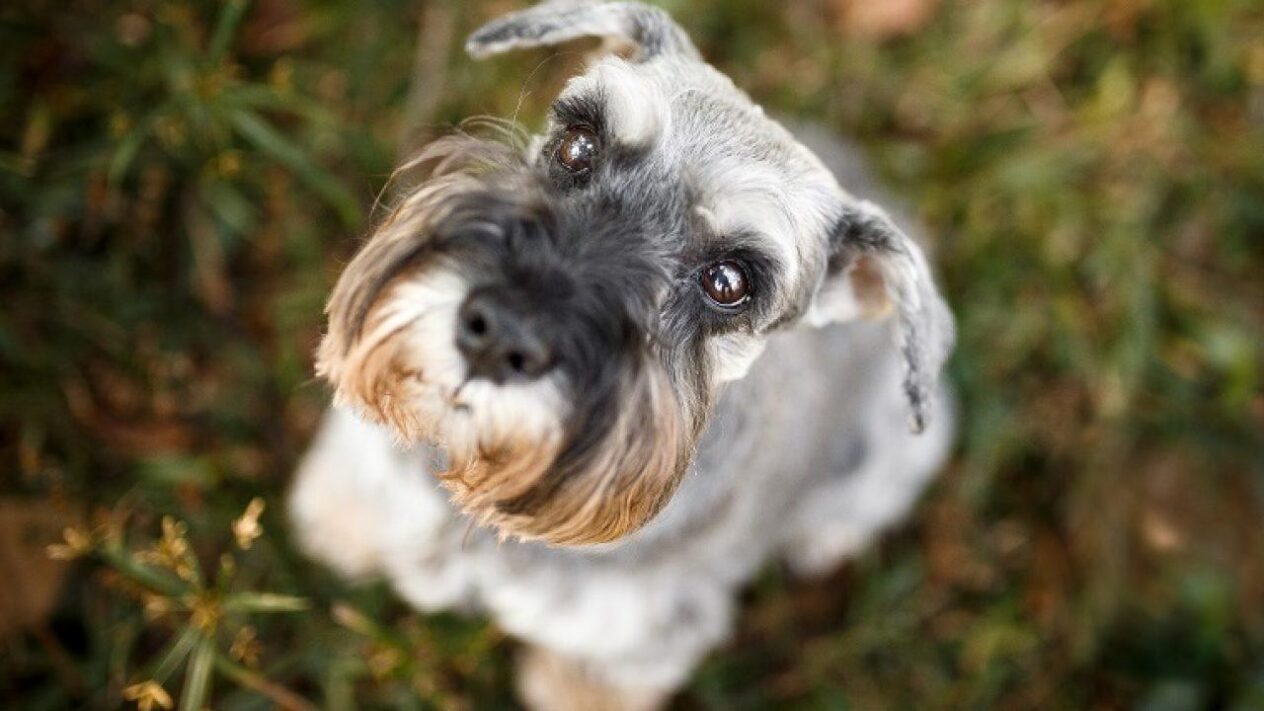
The history of the origin of schnauzers
Schnauzers have common historical roots and come from Germany, because it was the main center of breeding of various dog breeds and influenced their formation. “Schnauzer” comes from the German word “Schnauze”, meaning “muzzle”, and the group gets its name from the distinctive bushy beard and eyebrows that they share.
The Mittelschnauzer, or Standard Schnauzer, is the oldest variety from which the other two species are descended. Its official recognition took place at the end of the XIX century, when the breed standards were established and recognized by various cynological organizations. In the 1880s, the Mittelschnauzer was officially registered in Germany, which allowed it to become the base breed for further crossbreeding. They were versatile dogs that did a variety of guarding, hunting and herding work on farms.
Later, farmers felt the need not only to protect goods, but also to transport them, so Mitelschnauzers were crossed with herding dogs, resulting in Giant Schnauzers. They were often used by security and military structures as service dogs. The International Cynological Federation officially recognized the Giant Schnauzer in 1925.
Miniature schnauzers appeared after crossbreeding mitel schnauzers with other small breeds, such as affenpinschers and poodles. They were effectively used to fight rodents. The International Cynological Federation officially recognized the Miniature Schnauzer in 1955.
Today, schnauzers are popular breeds in many countries of the world. They are used not only as pets, but also as service dogs in a variety of fields, including therapy, search and rescue, and competitive sports.
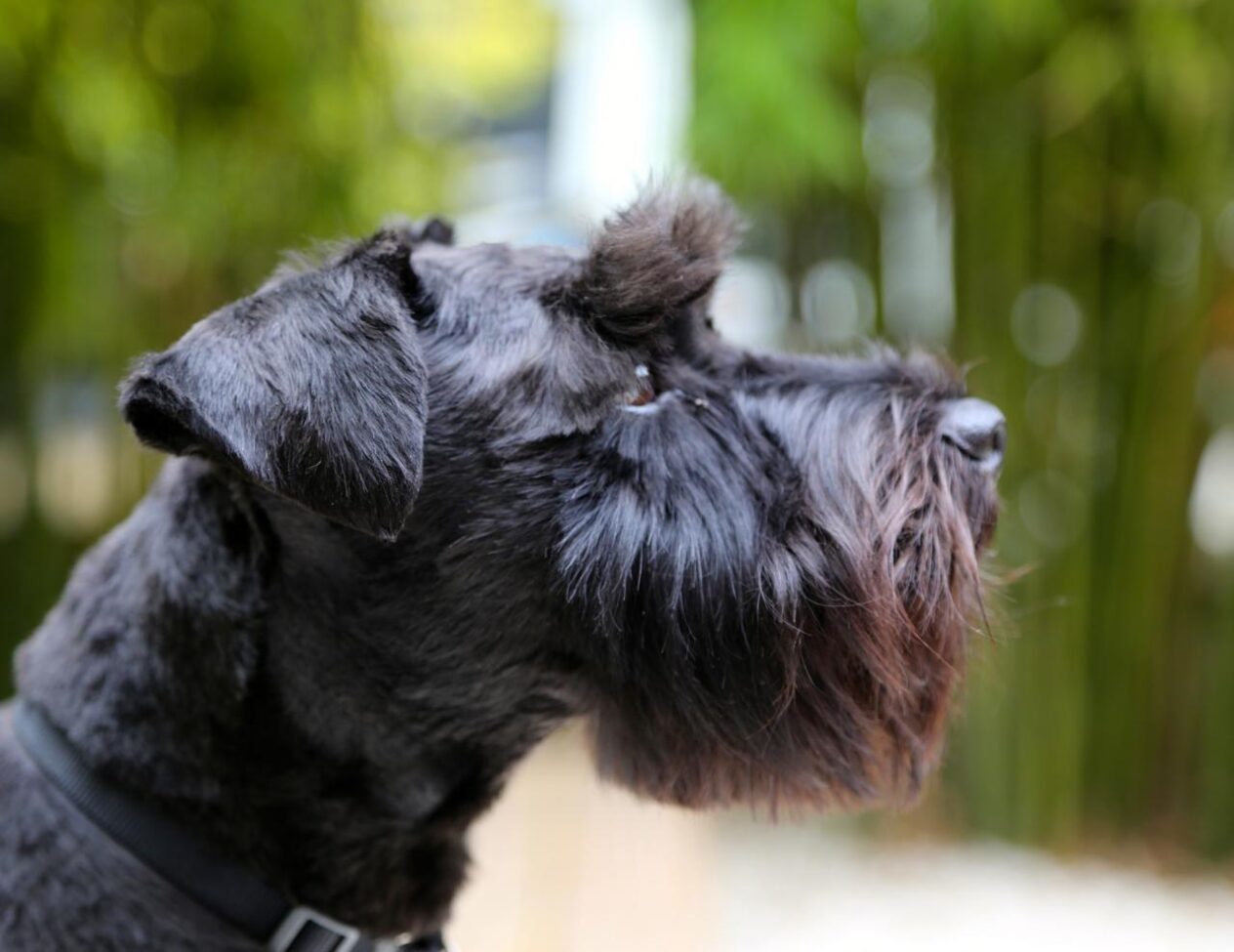
Appearance of schnauzers
All members of the group have a thick, hard coat that hardly sheds and consists of a soft undercoat and a hard spine. Schnauzers have a distinctive beard and eyebrows. The color is usually black or “pepper and salt”. Miniature schnauzers also come in white and black with silver coloring. Ears may be hanging or semi-standing, if not docked.
The sizes of schnauzers vary depending on the breed:
- The Mittelschnauzer weighs from 14 to 20 kg and has a height of about 45-50 cm.

- The Giant Schnauzer weighs from 30 to 50 kg and is about 60-70 cm tall.

- Miniature Schnauzer weighs from 5 to 8 kg and has a height of about 30-35 cm.

Character of schnauzers
Miniature Schnauzers, Mittelschnauzers, and Giant Schnauzers have a strong protective instinct that makes them effective watchdogs and guardians, and their stubbornness and high level of intelligence make them ideal for training and parenting. They quickly learn new commands and tricks. Having chosen any schnauzer as a member of the family, you can be sure of his loyalty. Dogs are very attached to their families and love to spend time with them. And with proper socialization, they will get along well with children and other pets. It should be said that of all schnauzers, the Giant Schnauzer is more reserved and serious, so it needs a more experienced owner who will have enough time for constant training and behavior control.
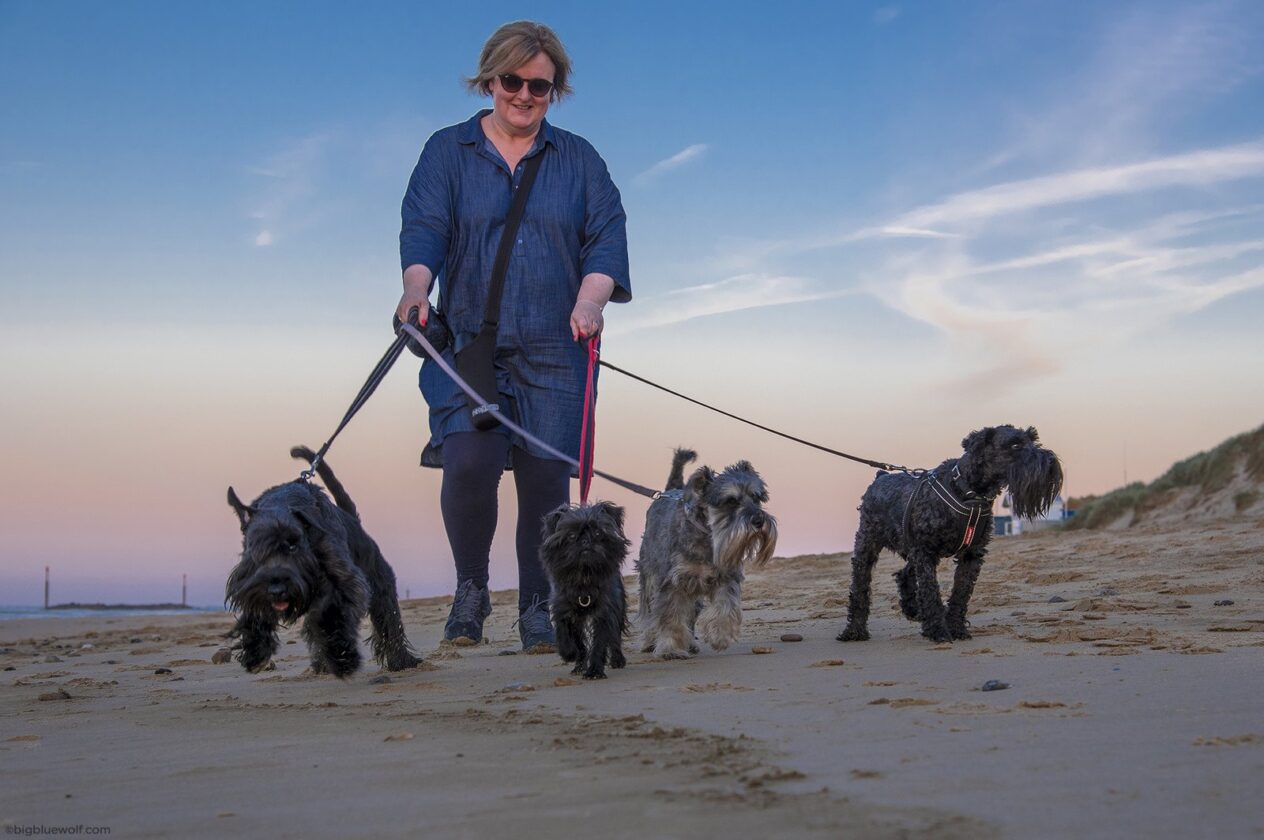
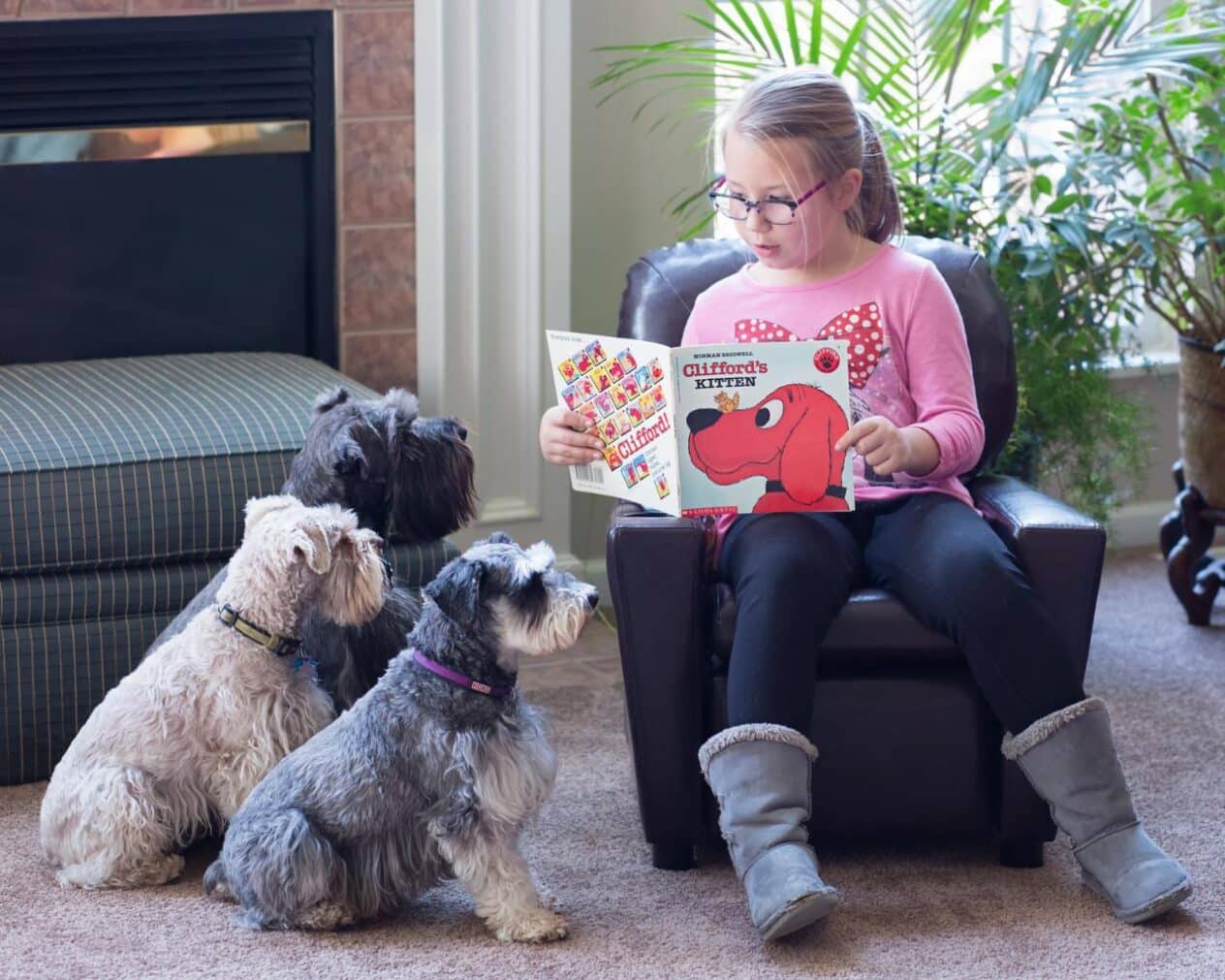
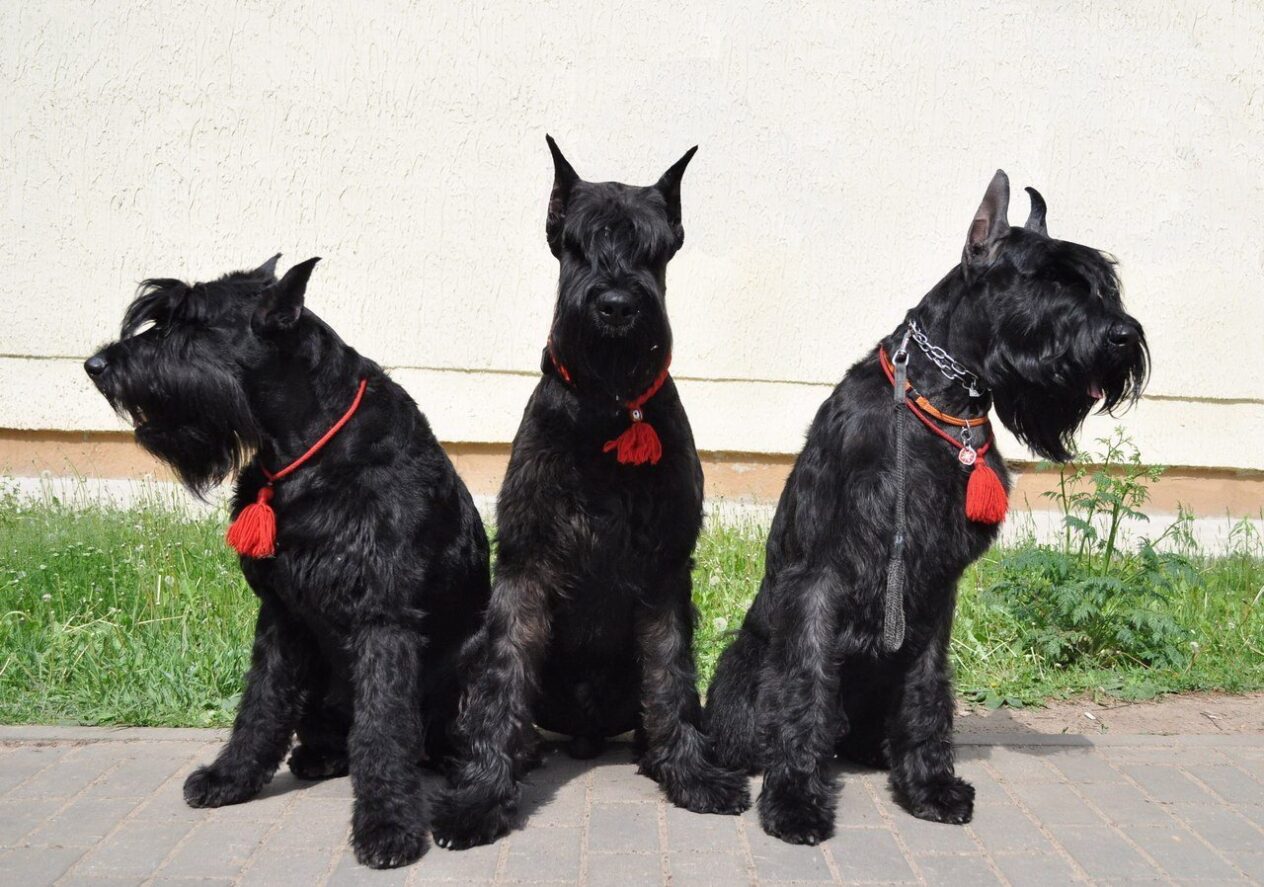
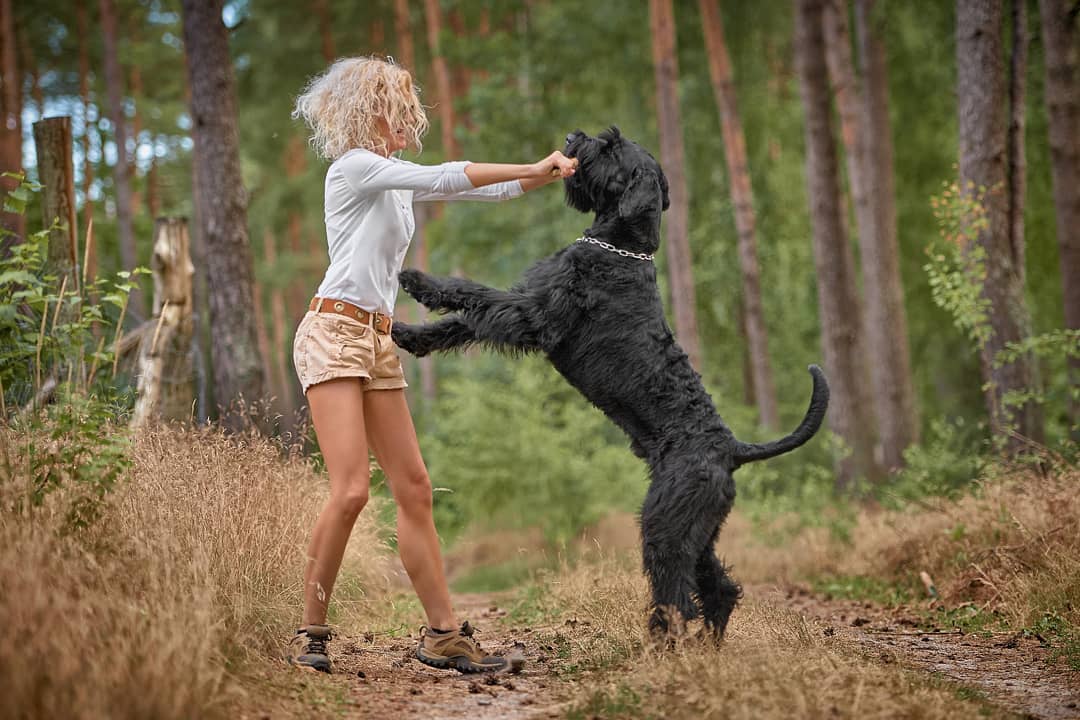
Physical activity of schnauzers
Schnauzers need a lot of physical activity. Daily walks and games are necessary to maintain their physical and mental health. If Miniature Schnauzers and Mittelschnauzers can feel comfortable in an apartment and daily walks will be enough for them, Giant Schnauzers need more space and a lot of activities to feel good.
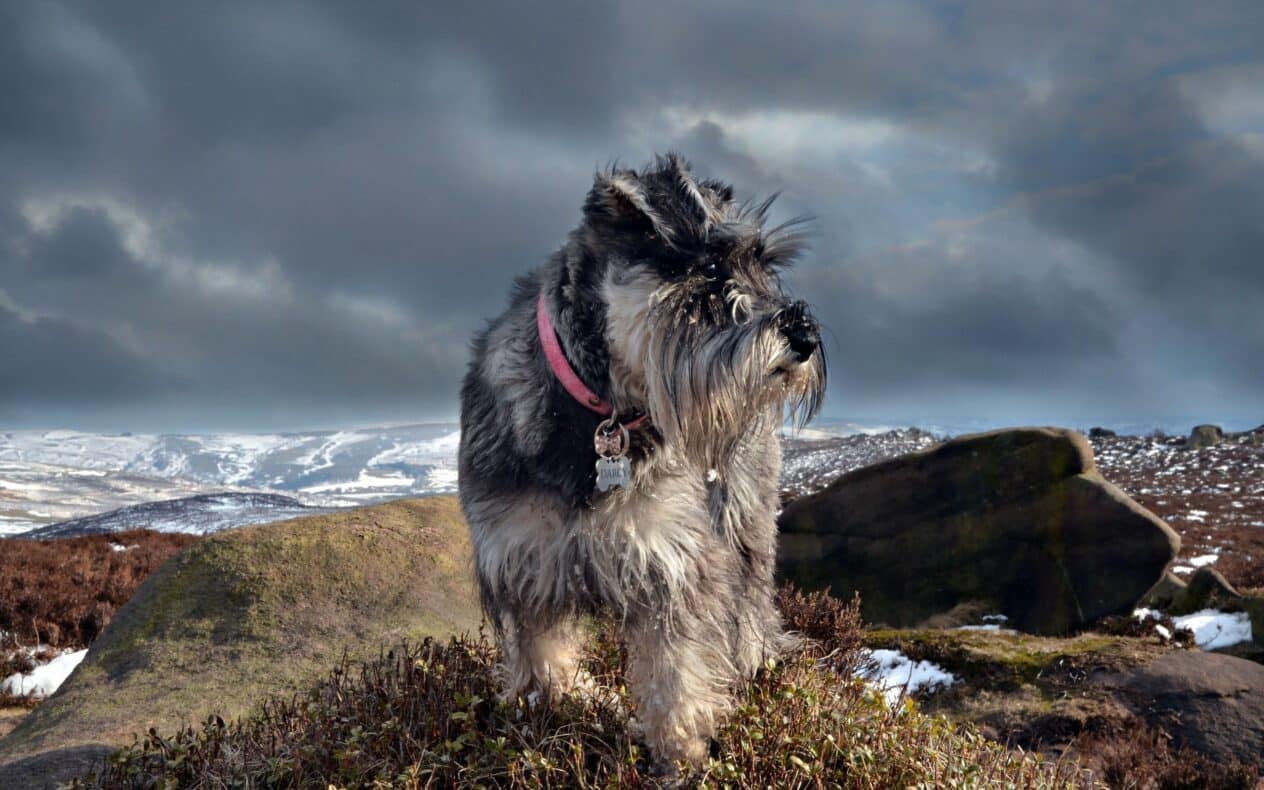
Health of schnauzers
Schnauzers are generally healthy, but they can develop problems with their eyes, ears, and hip dysplasia. Regular visits to the vet will help identify and prevent potential problems.
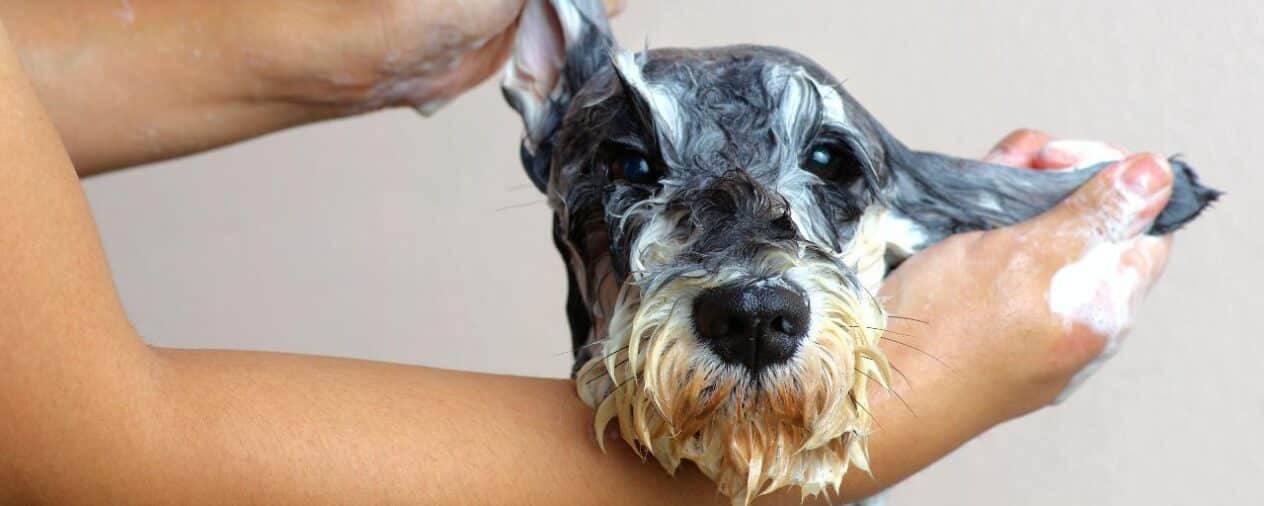
Schnauzer grooming
Schnauzers require regular grooming, as their thick, stiff coat and distinctive beard and eyebrows require constant attention. Schnauzers need to be combed at least once a week on the body and pay attention to the beard and eyebrows every day. This way, you will prevent the formation of mange and get rid of dead fur. After eating, we recommend wiping your beard with a damp towel to remove food residue.
Nails should be trimmed once every 3-4 weeks. Use special nippers and be careful not to touch the live part of the nail where the blood vessels pass.
Regularly inspect the paws for wounds, cracks or foreign objects between the pads. This will help to identify and prevent possible problems in time.
Ears should be cleaned once a week with cotton pads and a special lotion.
Eyes should be wiped daily with a wet towel or special wipes for eye care. This will help remove dust and dirt, preventing possible infections.
Schnauzers should be bathed once a month or as needed, depending on the degree of contamination. Use special shampoos and dry the wool thoroughly after bathing to avoid skin irritation.
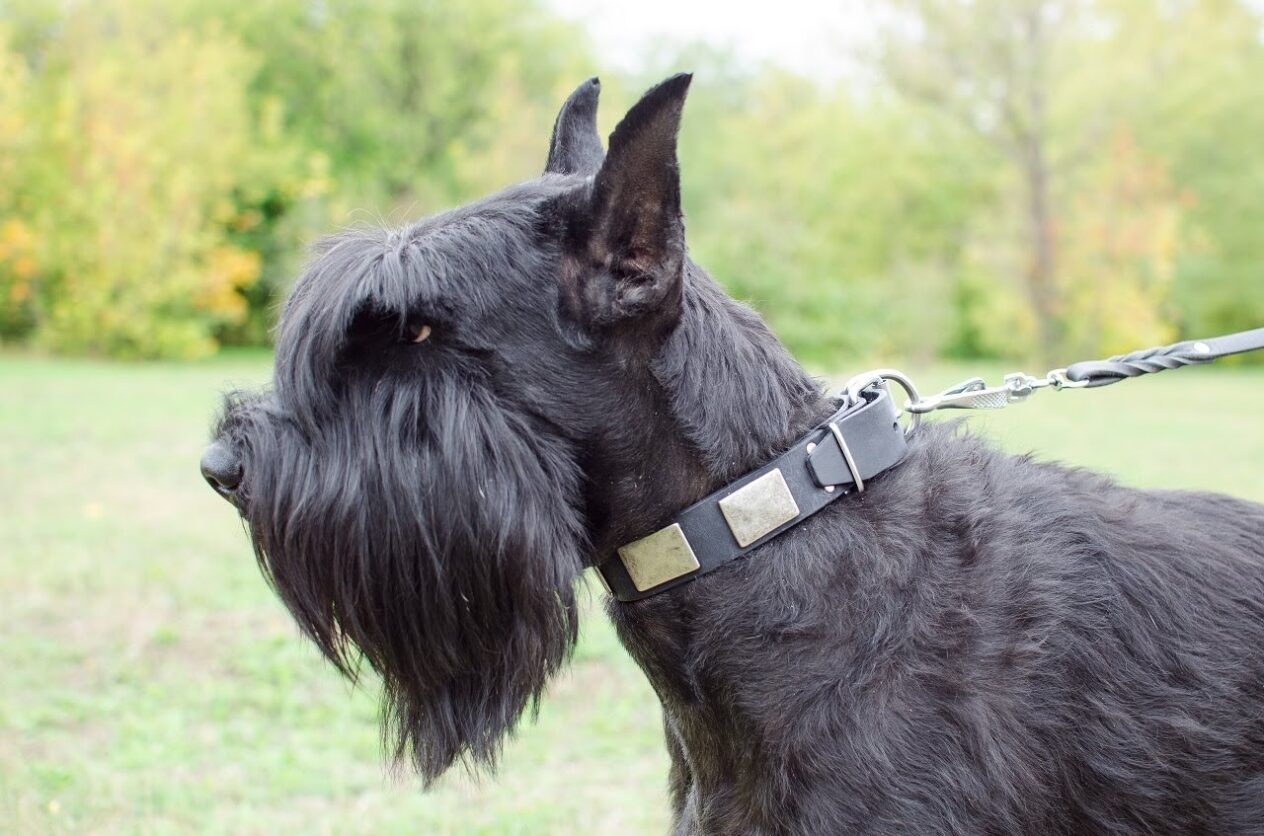
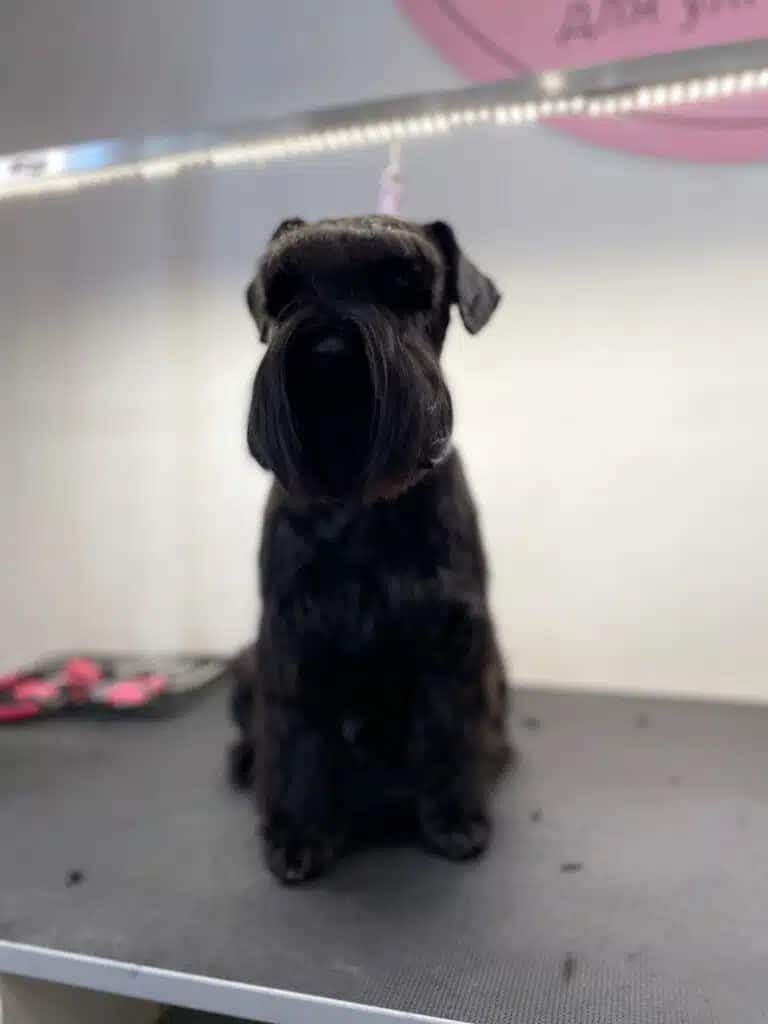
Trimming (stripping/rolling) for schnauzers
For schnauzers, trimming can be a necessary procedure, because these breeds are not able to shed on their own. Their hard, thick wool has its own life cycle and eventually dies off, but it cannot fall out by itself. Therefore, it must be plucked in time. Thus, it is possible to prevent the formation of a too thick coat of wool and problems with cobwebs.
The benefit of regular trimming is extremely great: the skin breathes easier, the health of the hair follicles is maintained, the breed appearance and structure of the coat is preserved, and the natural color is maintained. Trimming can also help your Schnauzer feel more comfortable during the hot summer months, as removing dead fur improves thermoregulation and reduces the risk of overheating.
You can trim a schnauzer both completely and partially. It all depends on the frequency of visits to the grooming salon and the desired effect. Stripping involves complete trimming of all dead hair and is recommended once a quarter. Rolling, or light trimming, is done once a month for ideal coat condition. This is especially true for exhibition dogs.
The first trimming of puppies is carried out at the age of 4-6 months. And then it is repeated every six months. It is easy to determine when it is time to do trimming: the dog takes on an untidy appearance, the hairs become thin, stand out from the general mass, stick out in different directions.
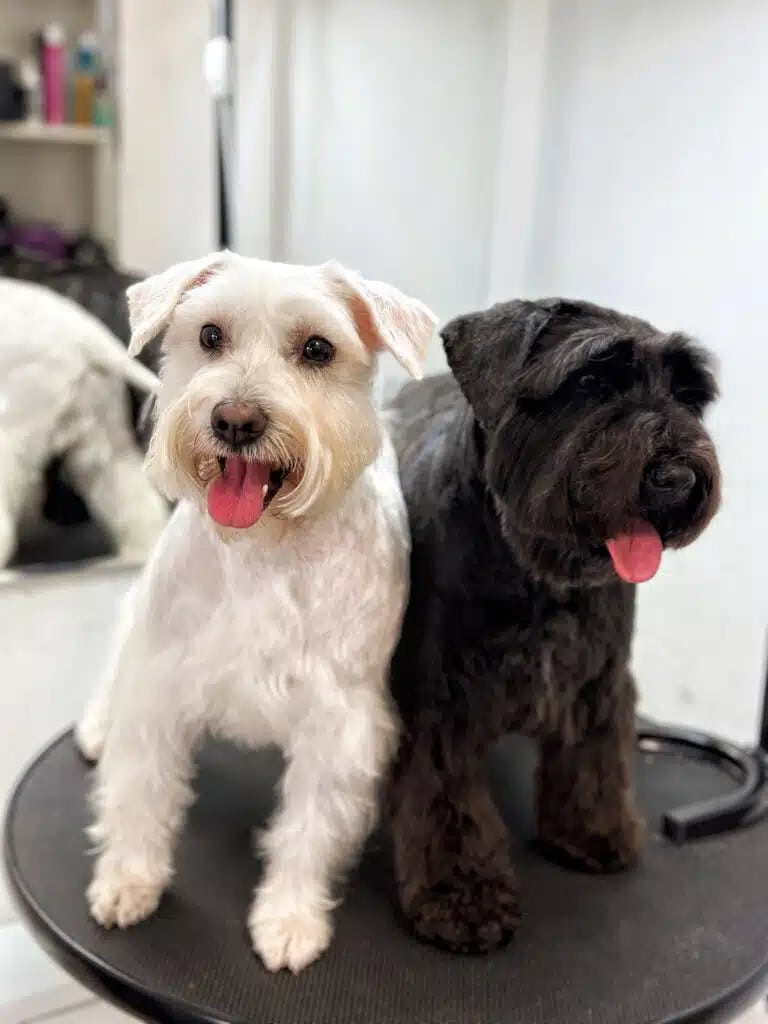
Haircut of schnauzers
Not all owners are ready to spend a lot of time and money on trimming, so they often choose a haircut. Groomers know how to properly trim a Schnauzer to maintain the breed’s signature look, including the beard and eyebrows. However, it should be borne in mind that after a haircut, the schnauzer’s coat will change and lose its stiffness. If, during trimming, the groomer removes the dead hair, leaving a layer of mature bristly hair, the schnauzer will continue to be hard-coated, and the coat will perform its protective function. In the case of shearing, all wool is cut to the same length and, thus, the bristles together with the undercoat are at the same level. The undercoat grows much faster than the bristles, so after shearing, the wool will be soft, get tangled and dirty more quickly. It is quite difficult to restore the hard coat after a haircut, because it is impossible to predict how quickly the hard coat will grow back.
Types of schnauzer haircuts:
The classic haircut emphasizes the characteristic features of the breed, keeping long hair on the face that forms the beard and eyebrows. On the trunk, the fur is cut short, leaving a little longer on the paws and belly.
The puppy cut provides a more even length of coat throughout the body, giving the dog a more youthful and playful appearance. It is easy to care for and reduces the need for frequent grooming.
The show standard requires certain grooming rules to be followed to bring out the best features of the breed. Here it is important to achieve the right balance between the length and texture of the wool.
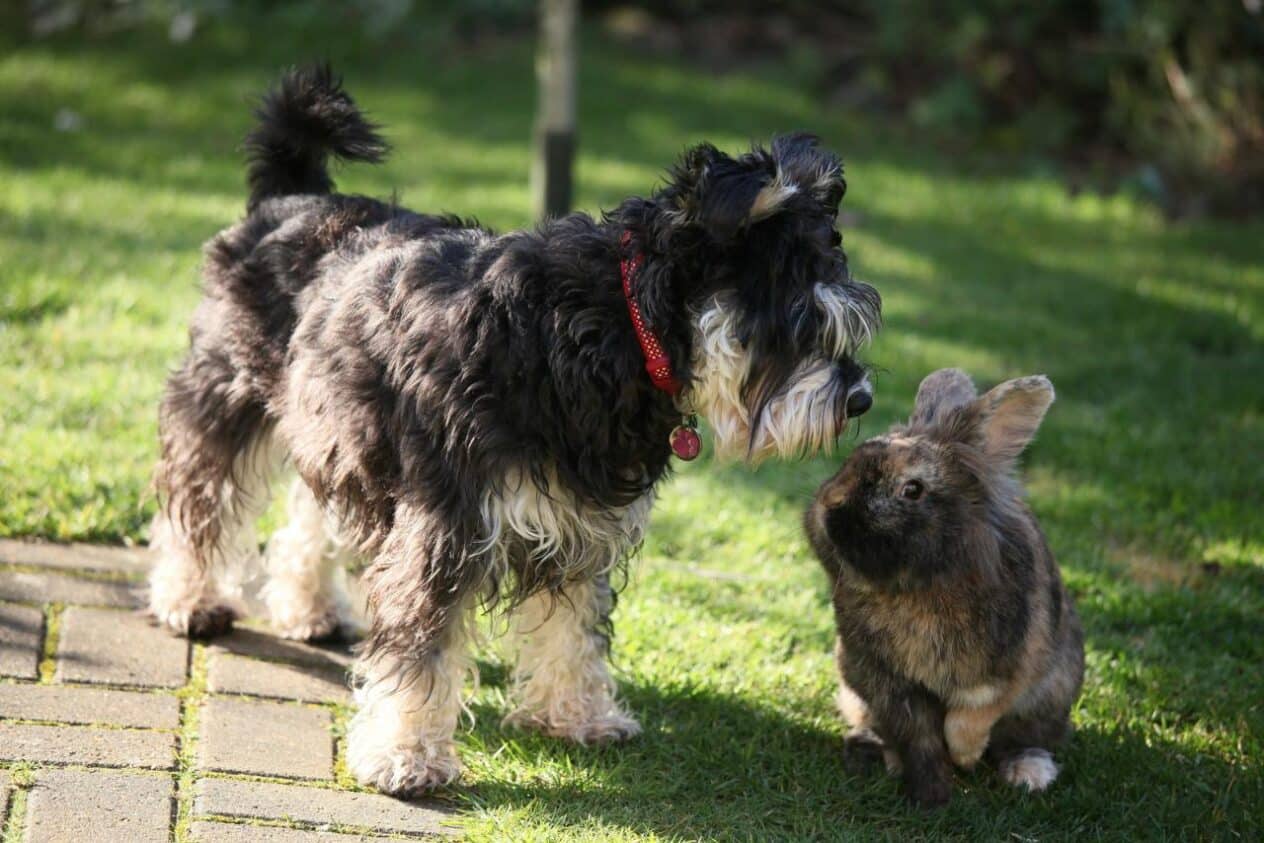
As we have already learned, schnauzers are loyal, active dogs that quickly learn new things and are ready for various adventures. When choosing a pet, consider where you will live with the dog, whether there is enough space for a comfortable life, whether you have some experience in caring for dogs, how much time you are willing to devote to training and daily activities. In any case, you will get a faithful friend for the rest of his life.
To learn more about grooming, trimming, cutting of schnauzers and the cost in Kyiv, go to the pages of prices for grooming and trimming of dogs.
